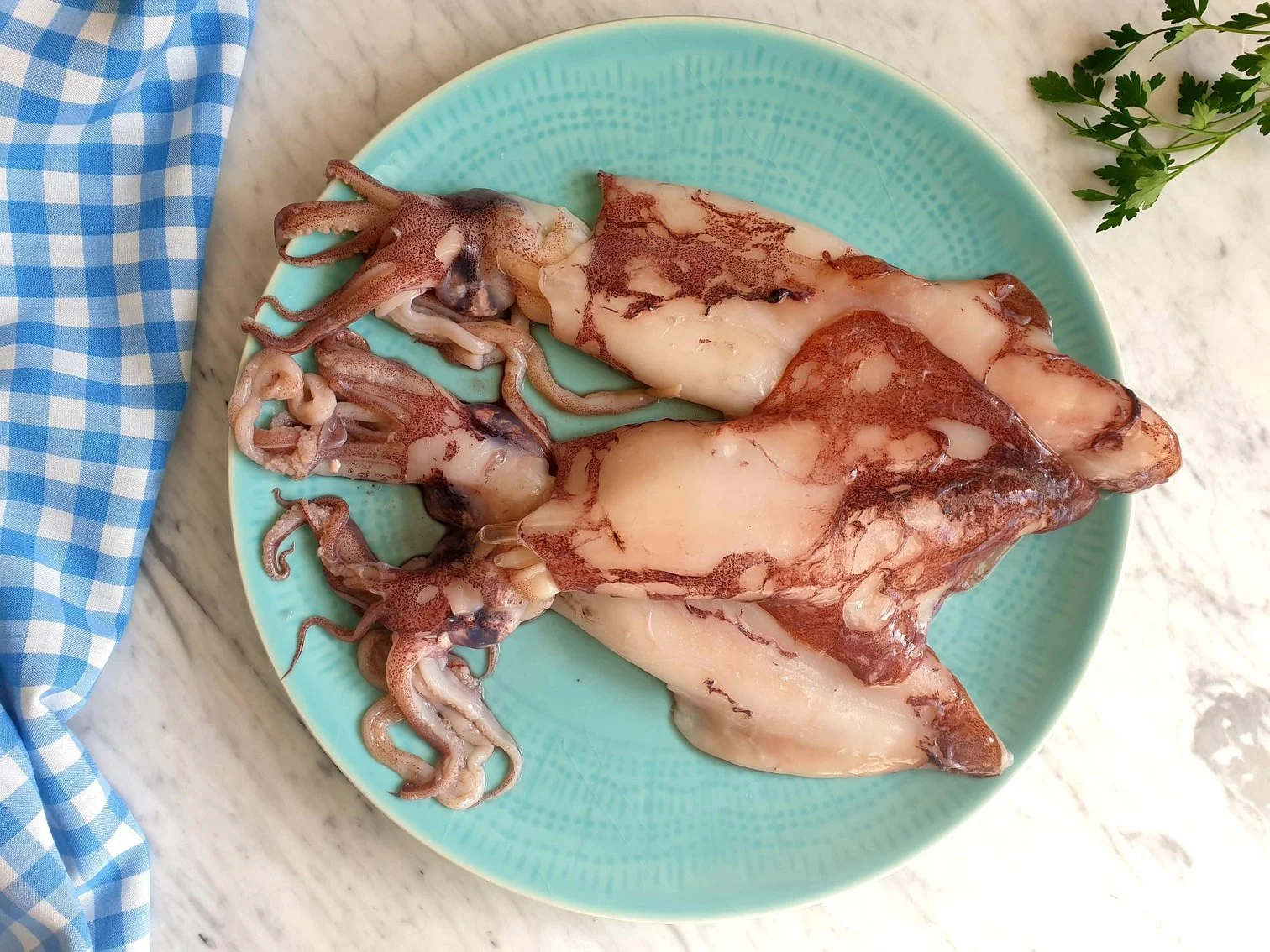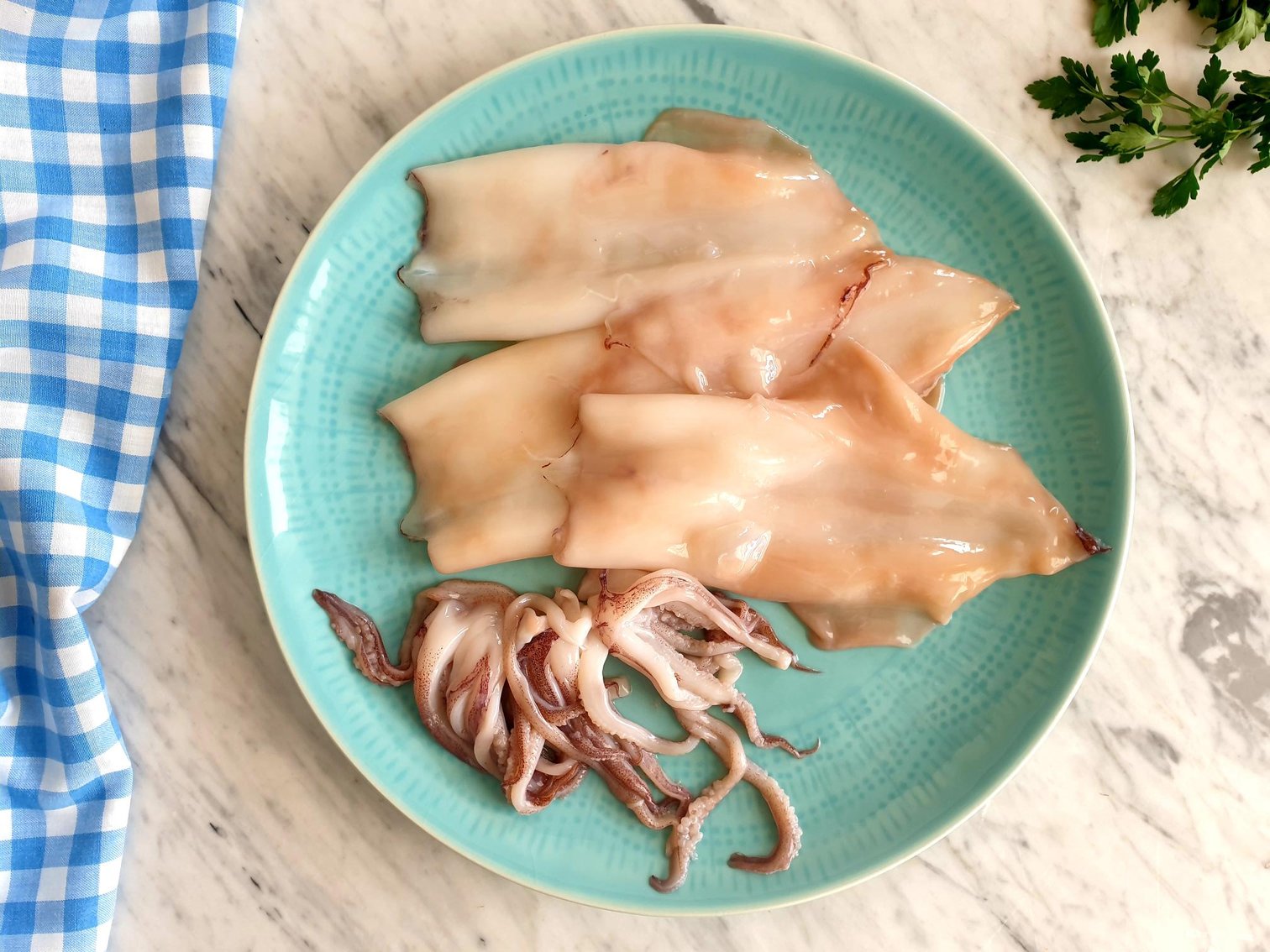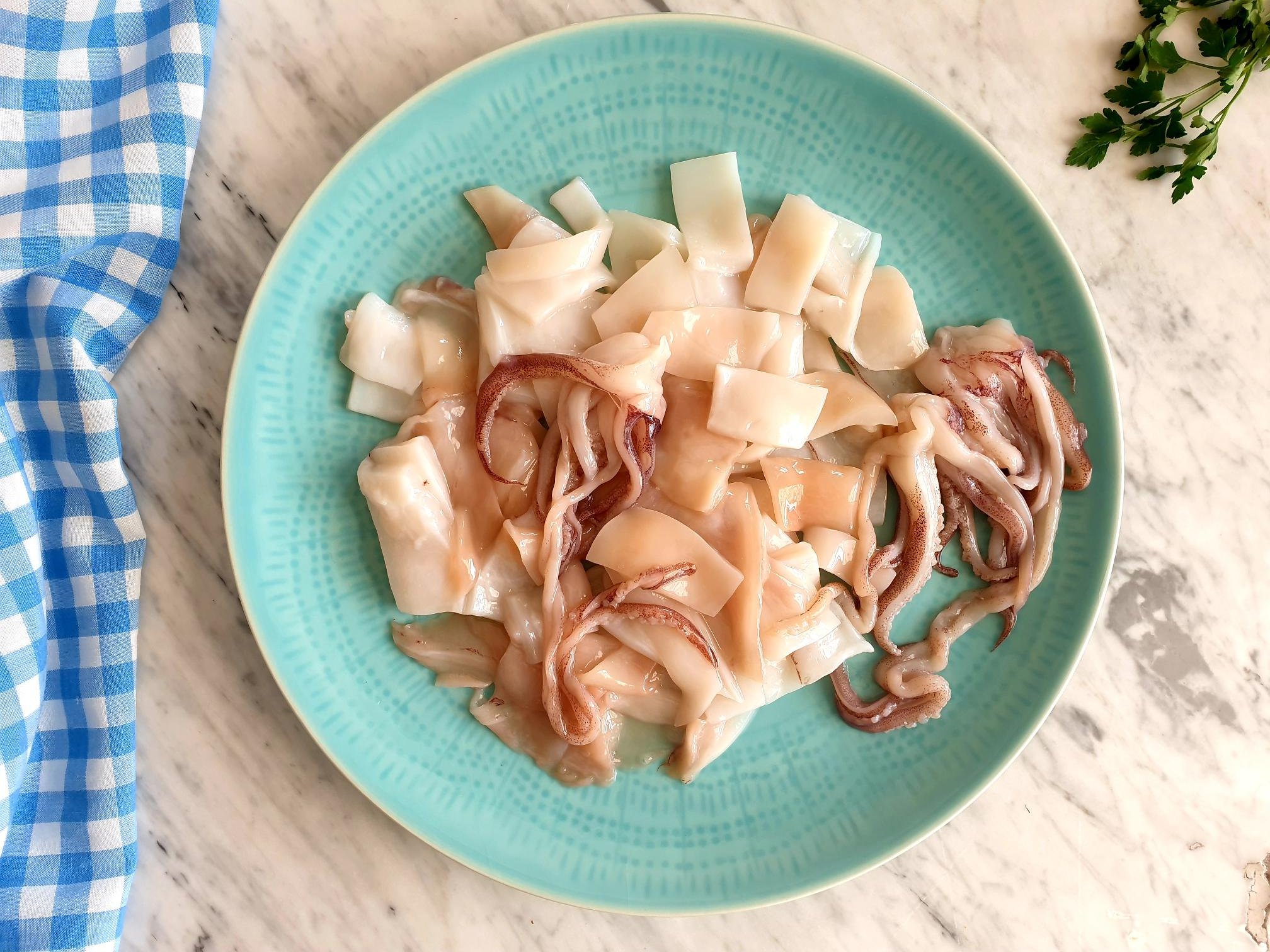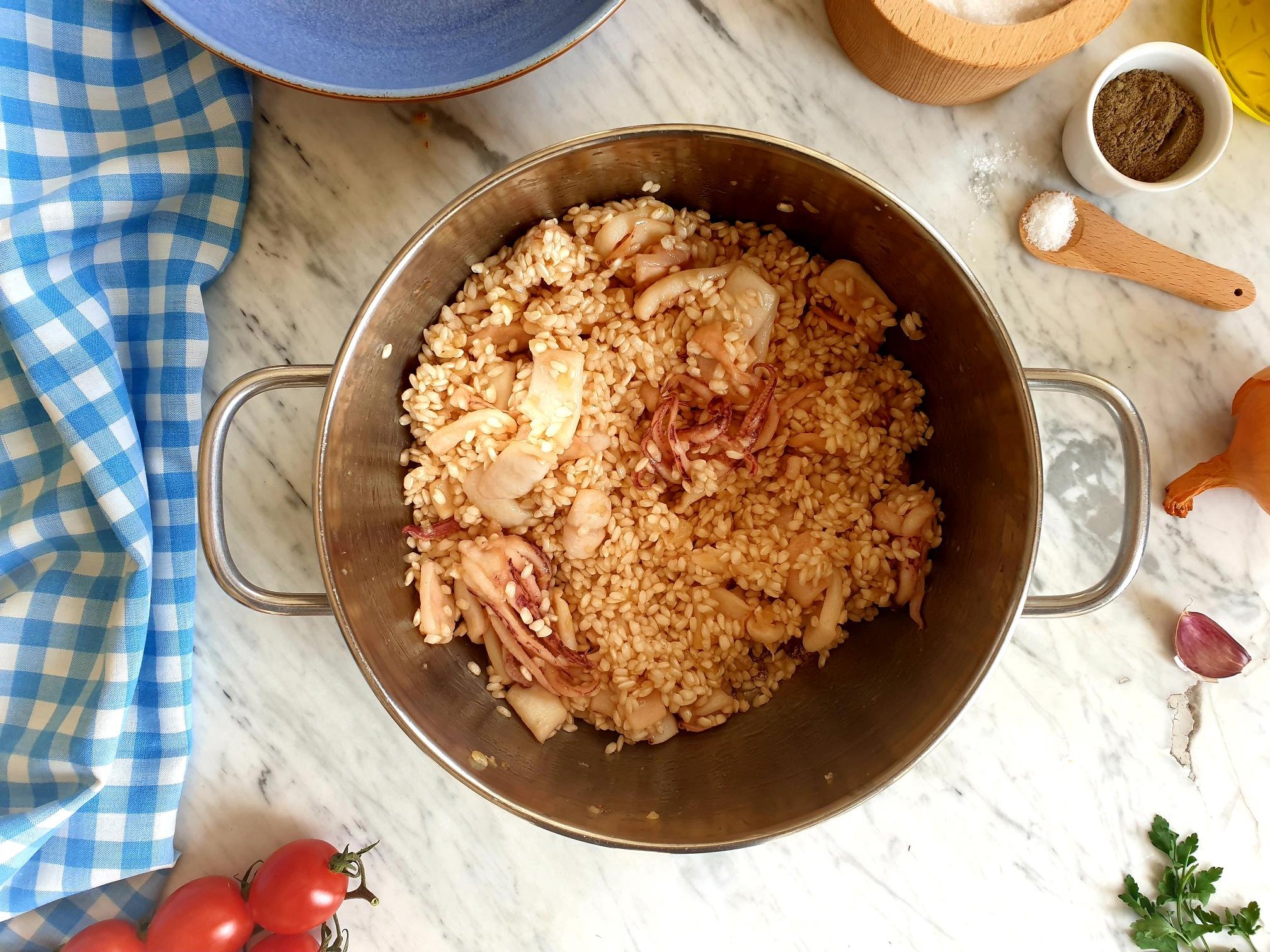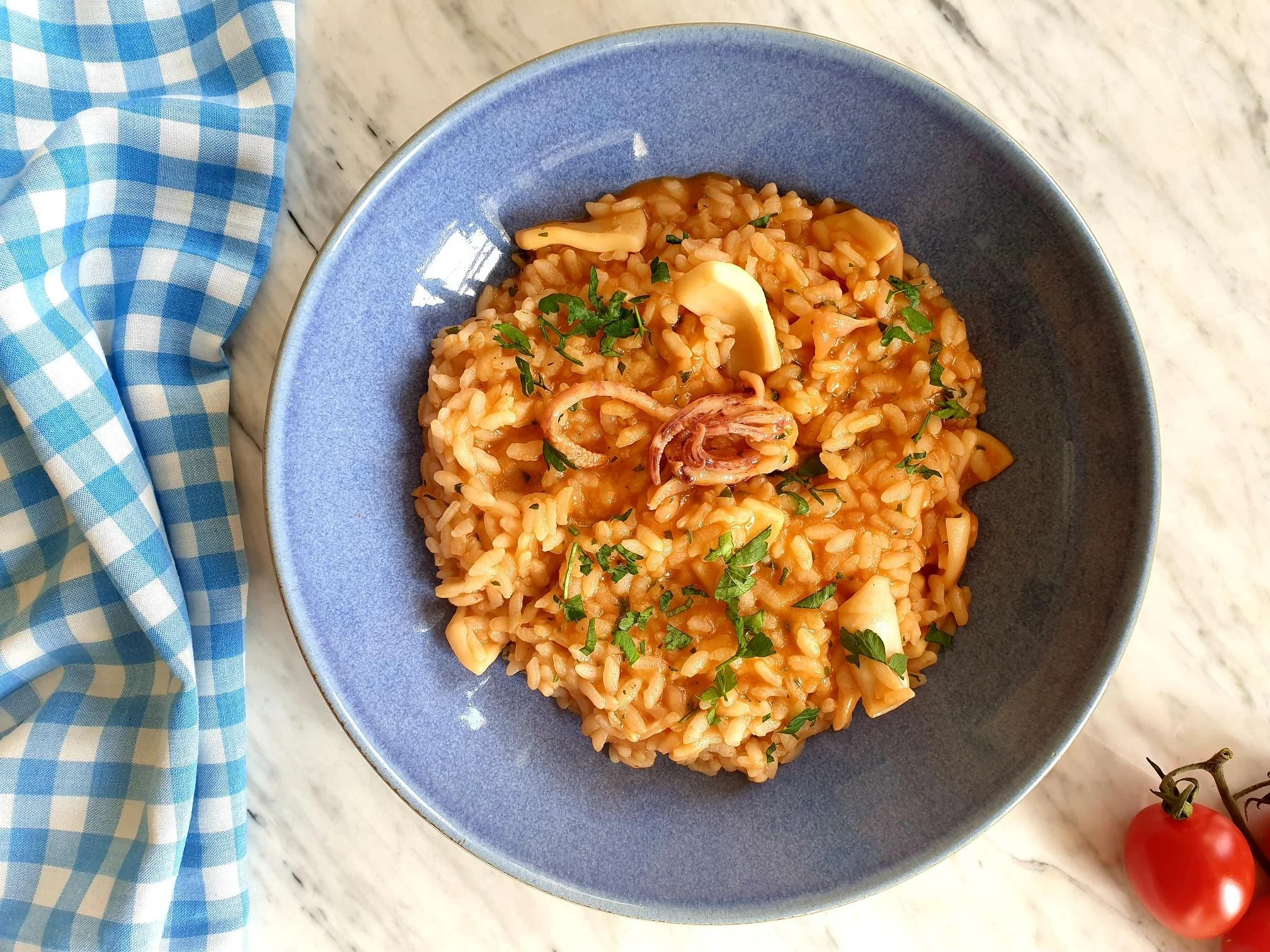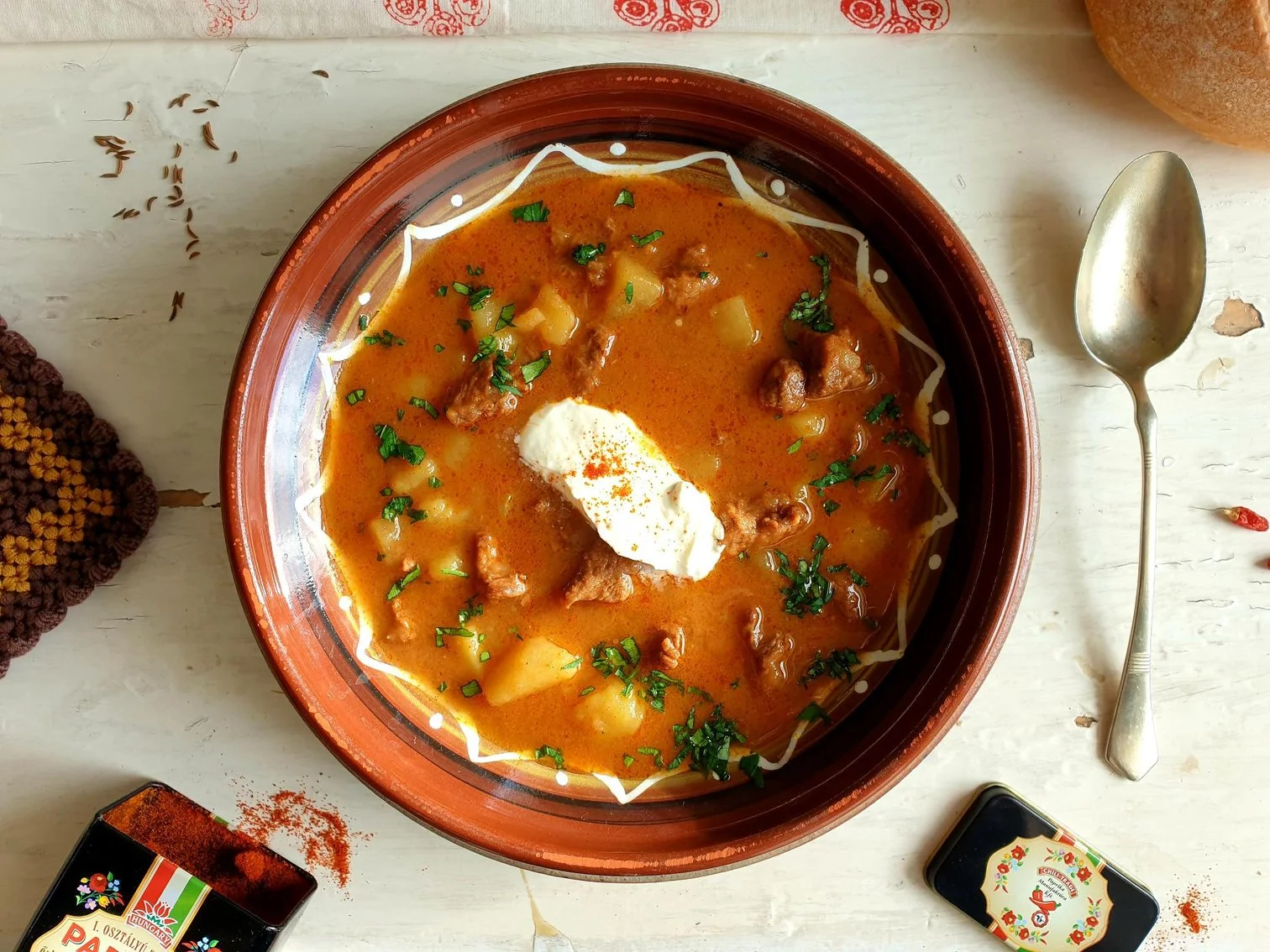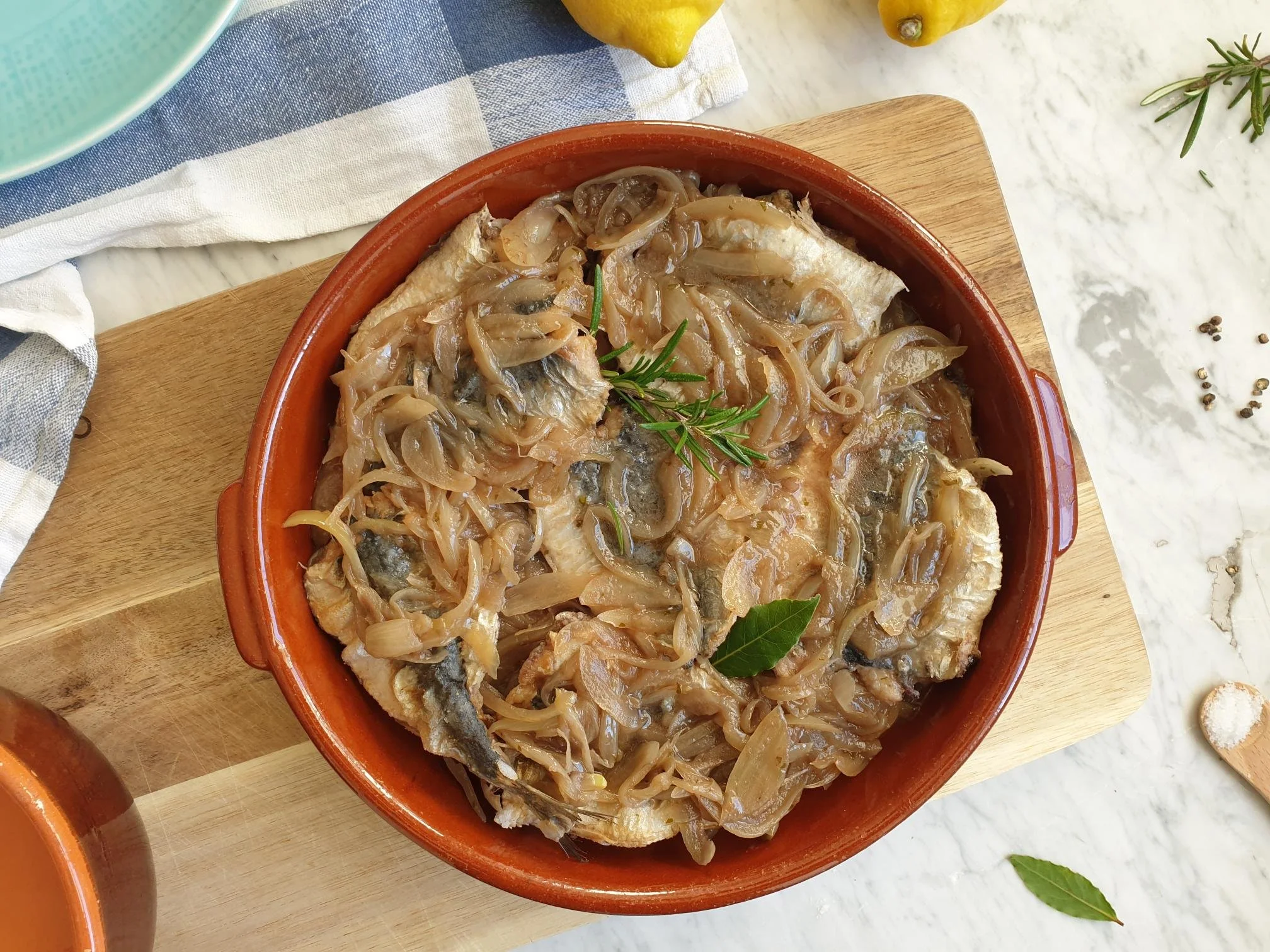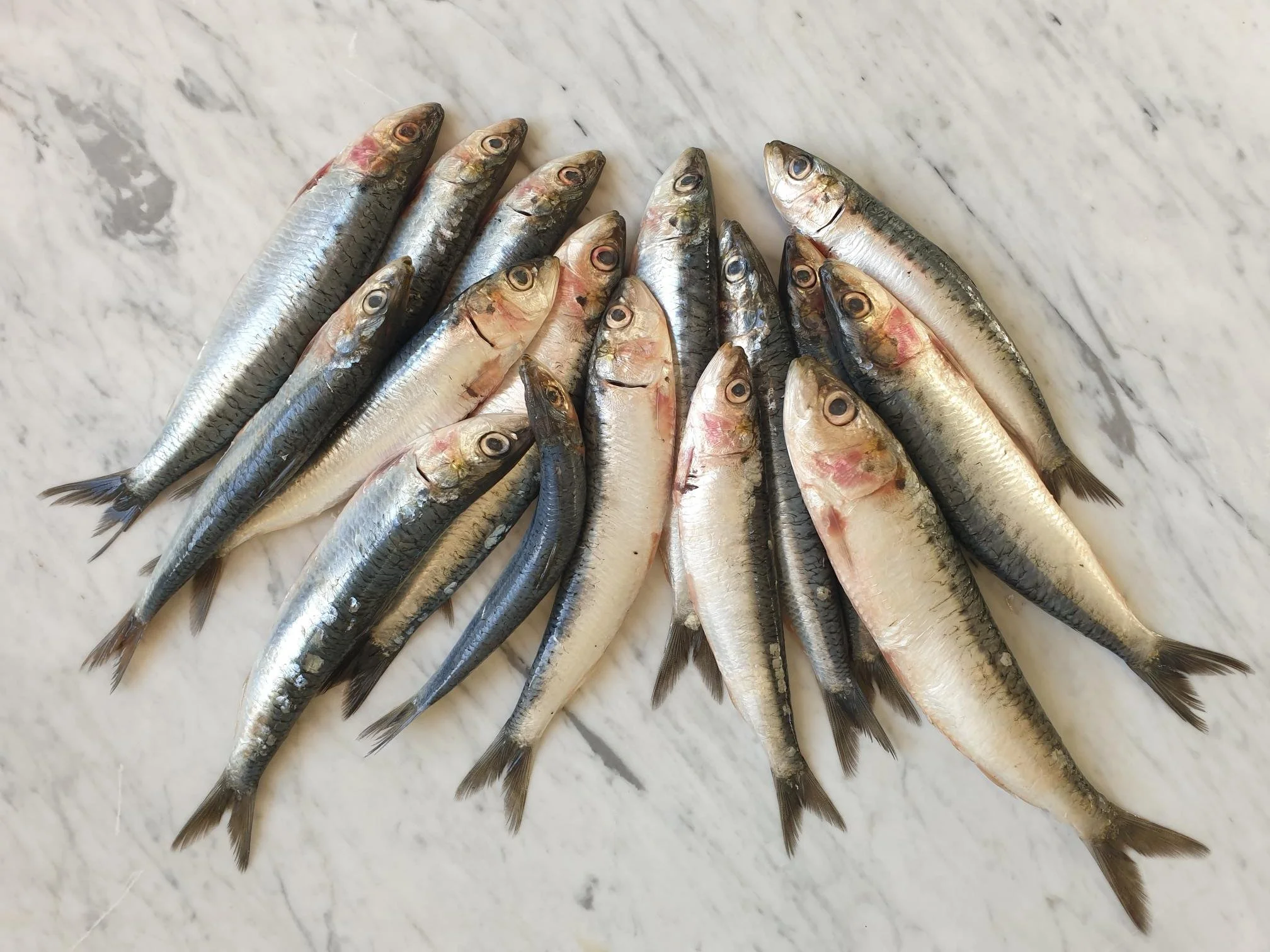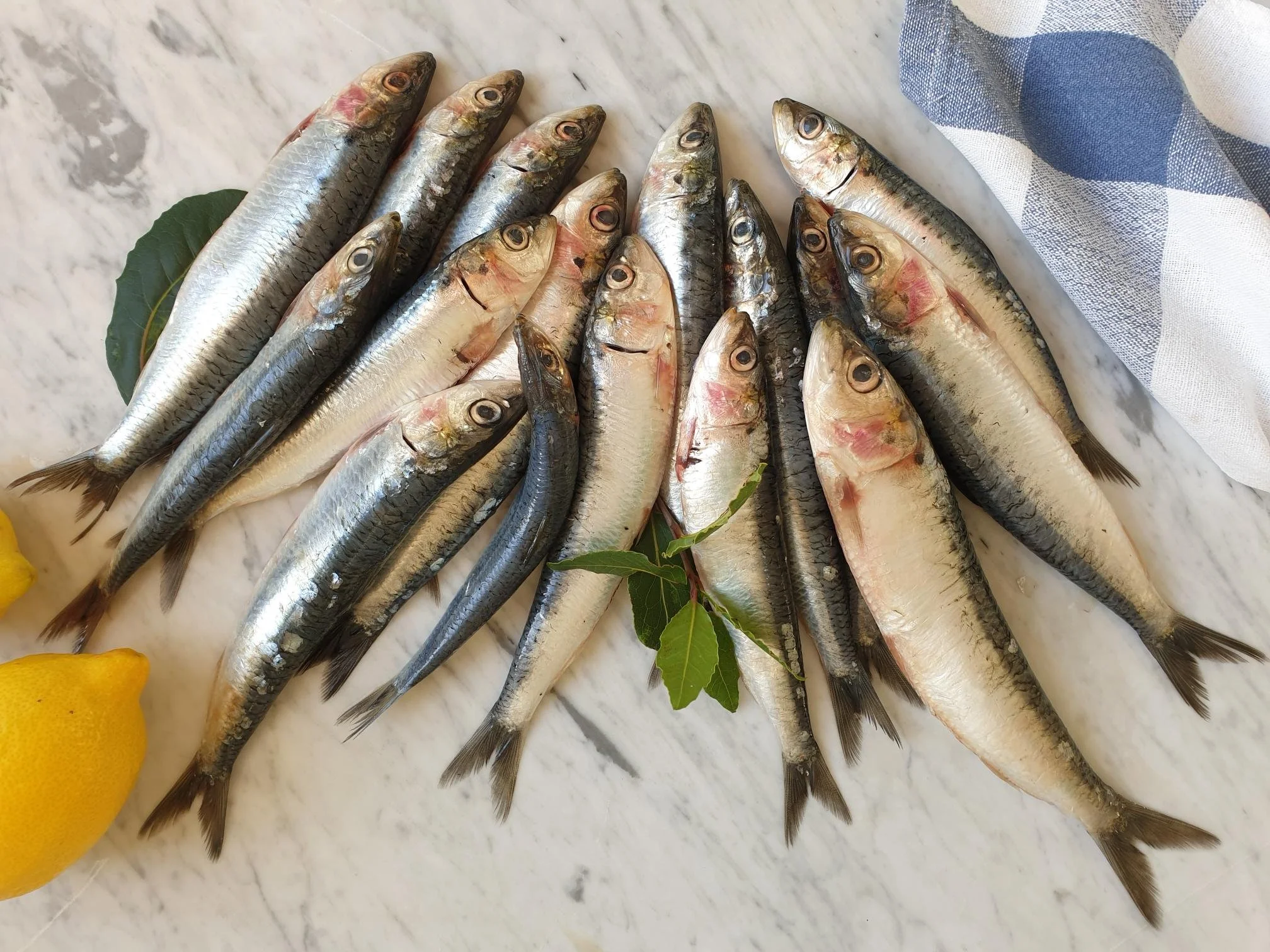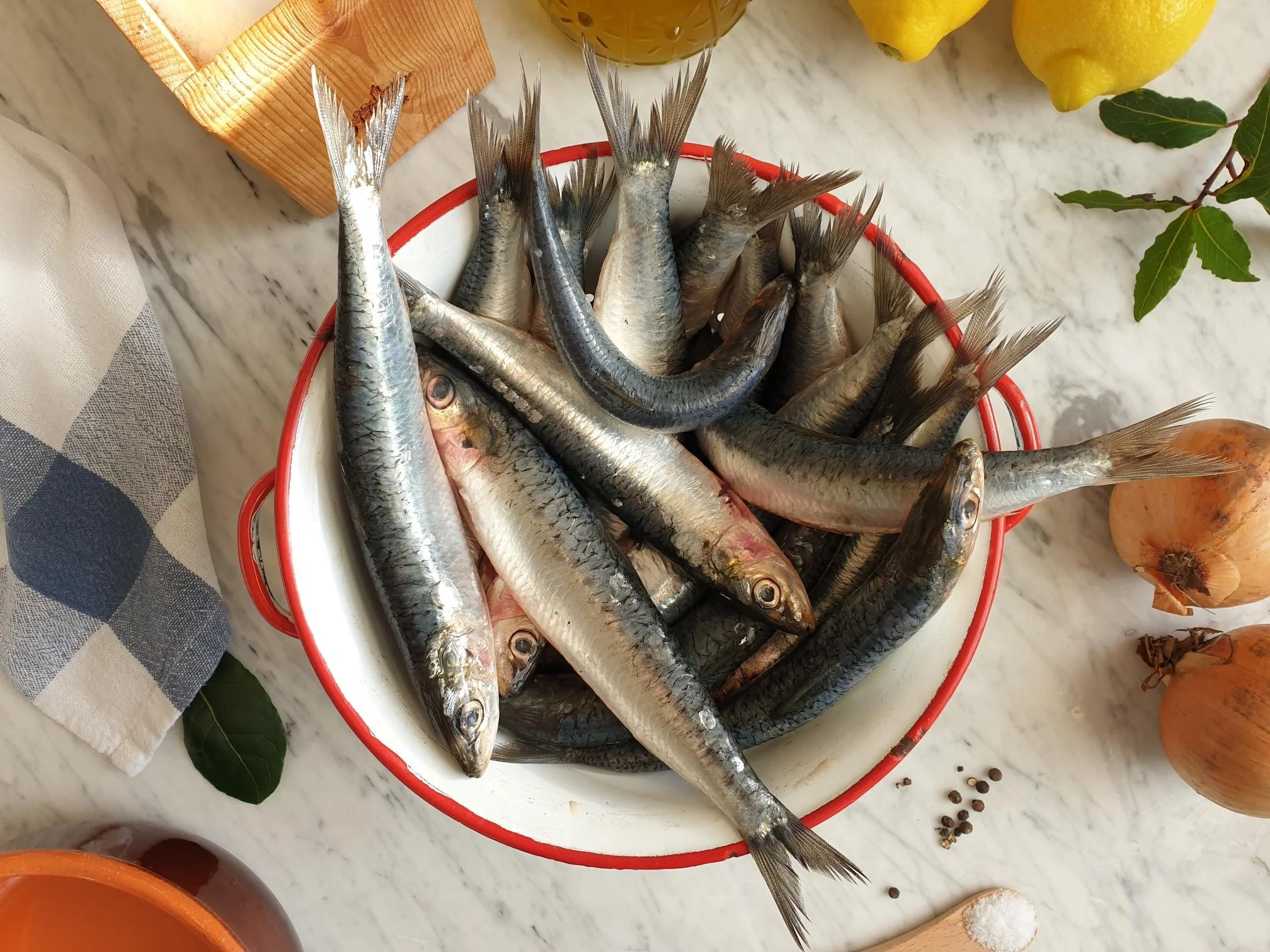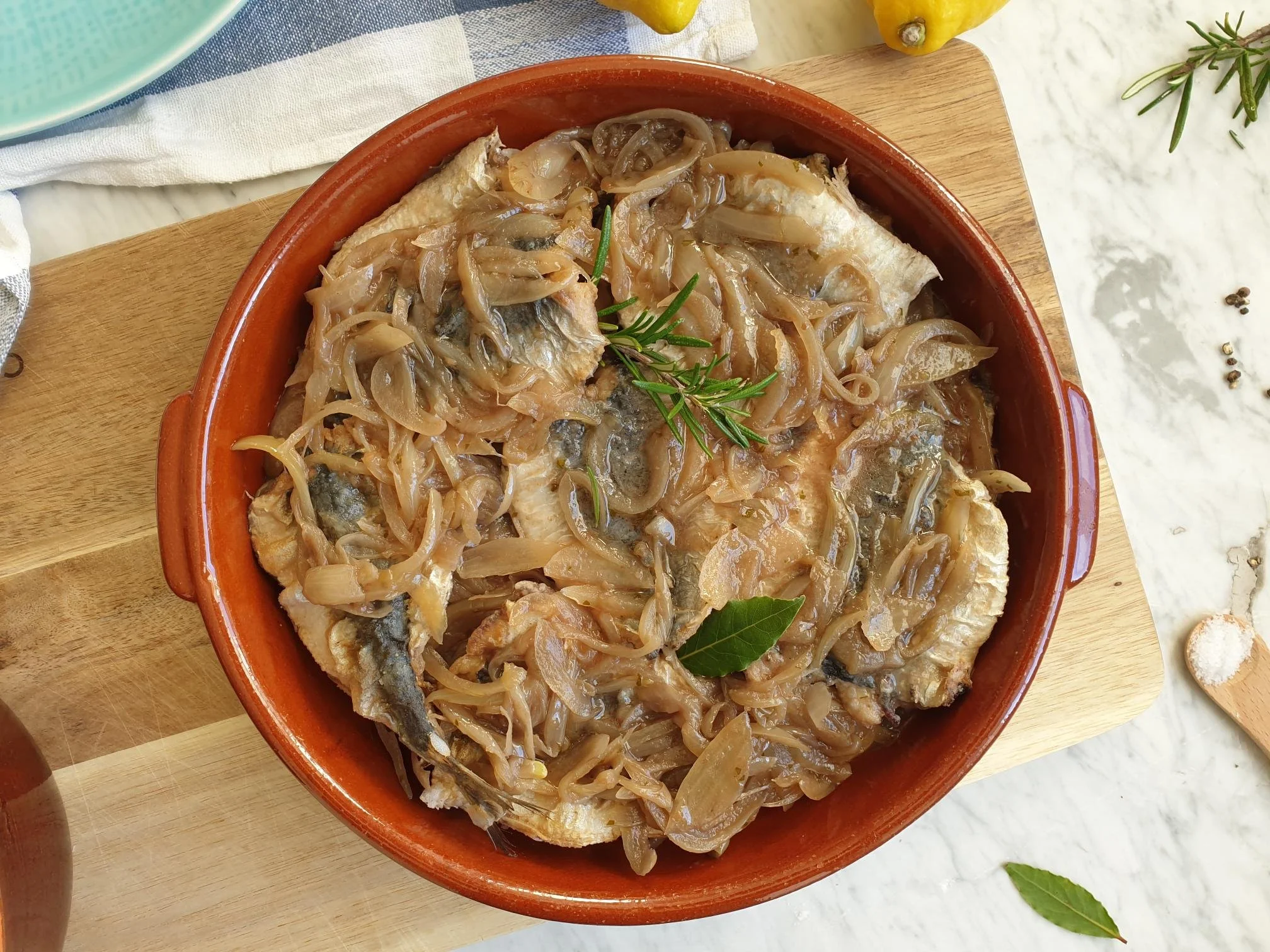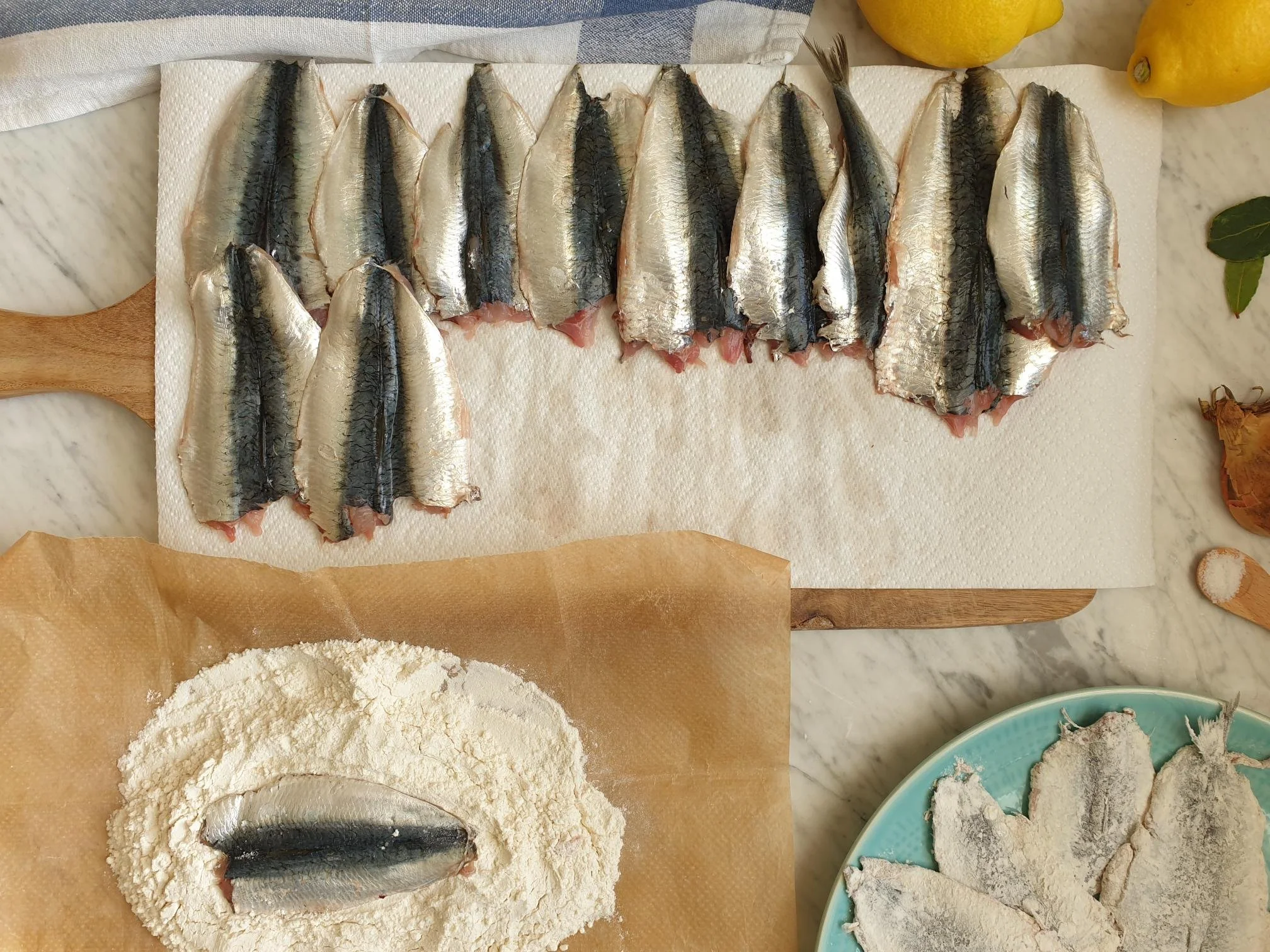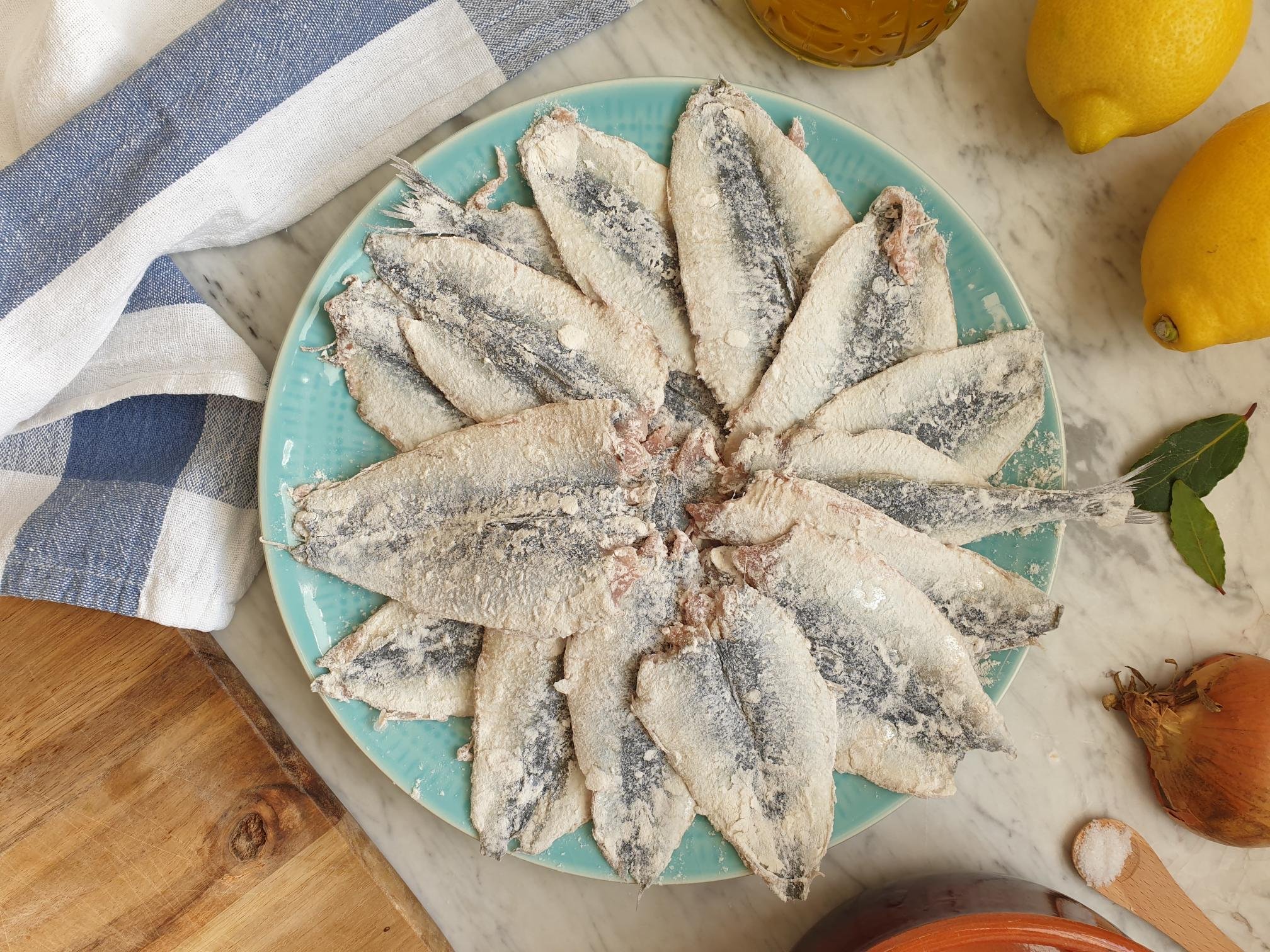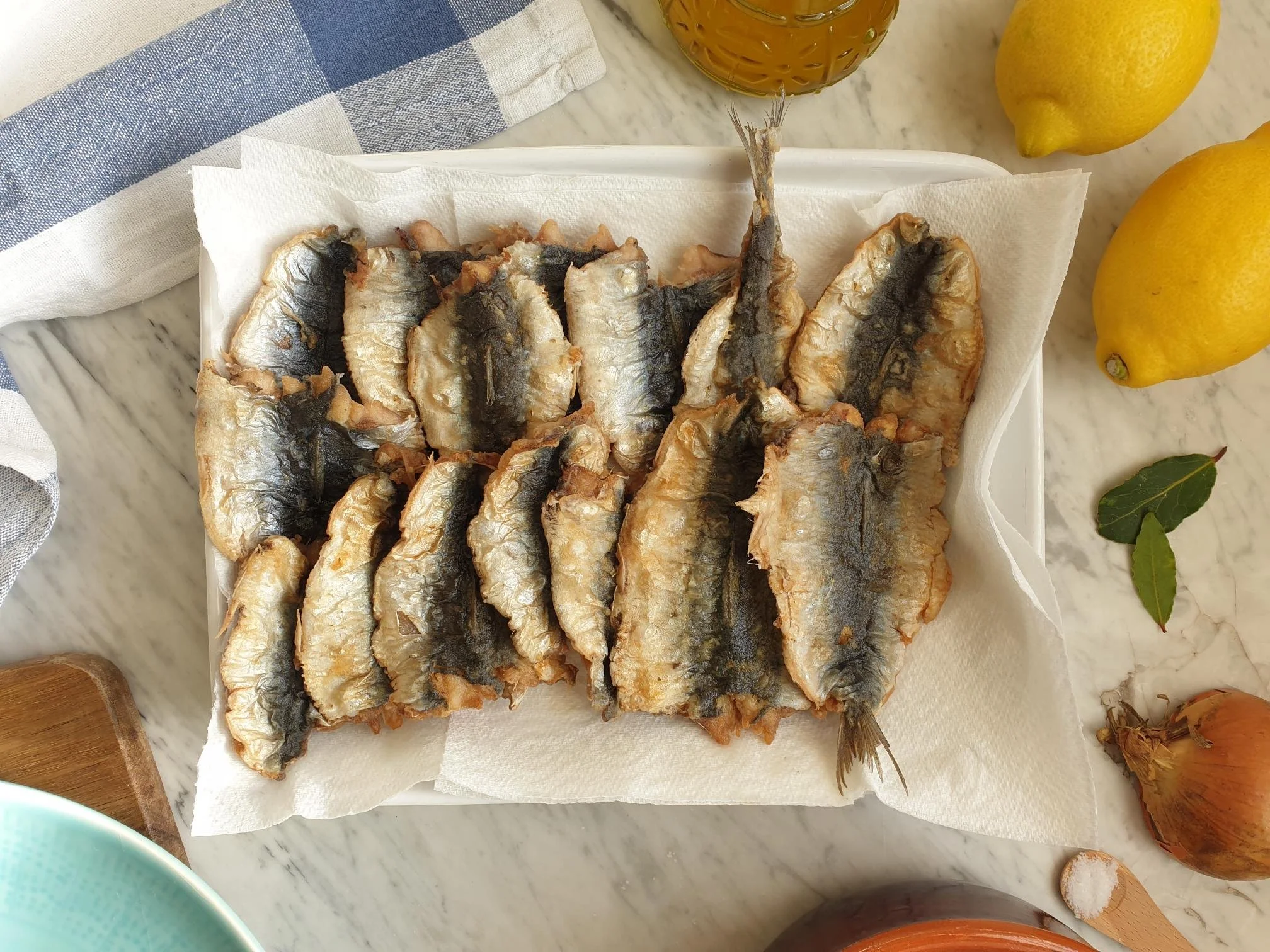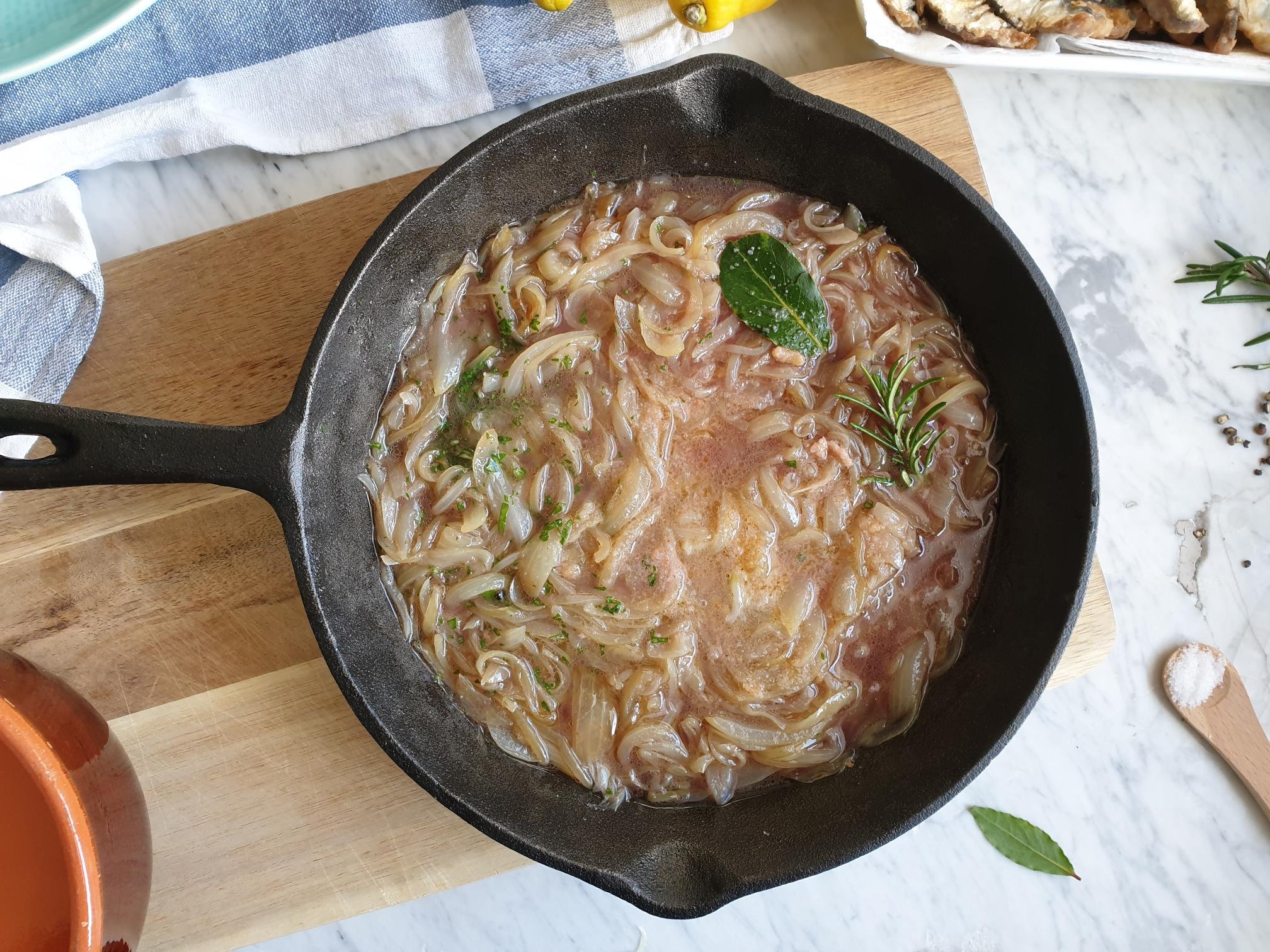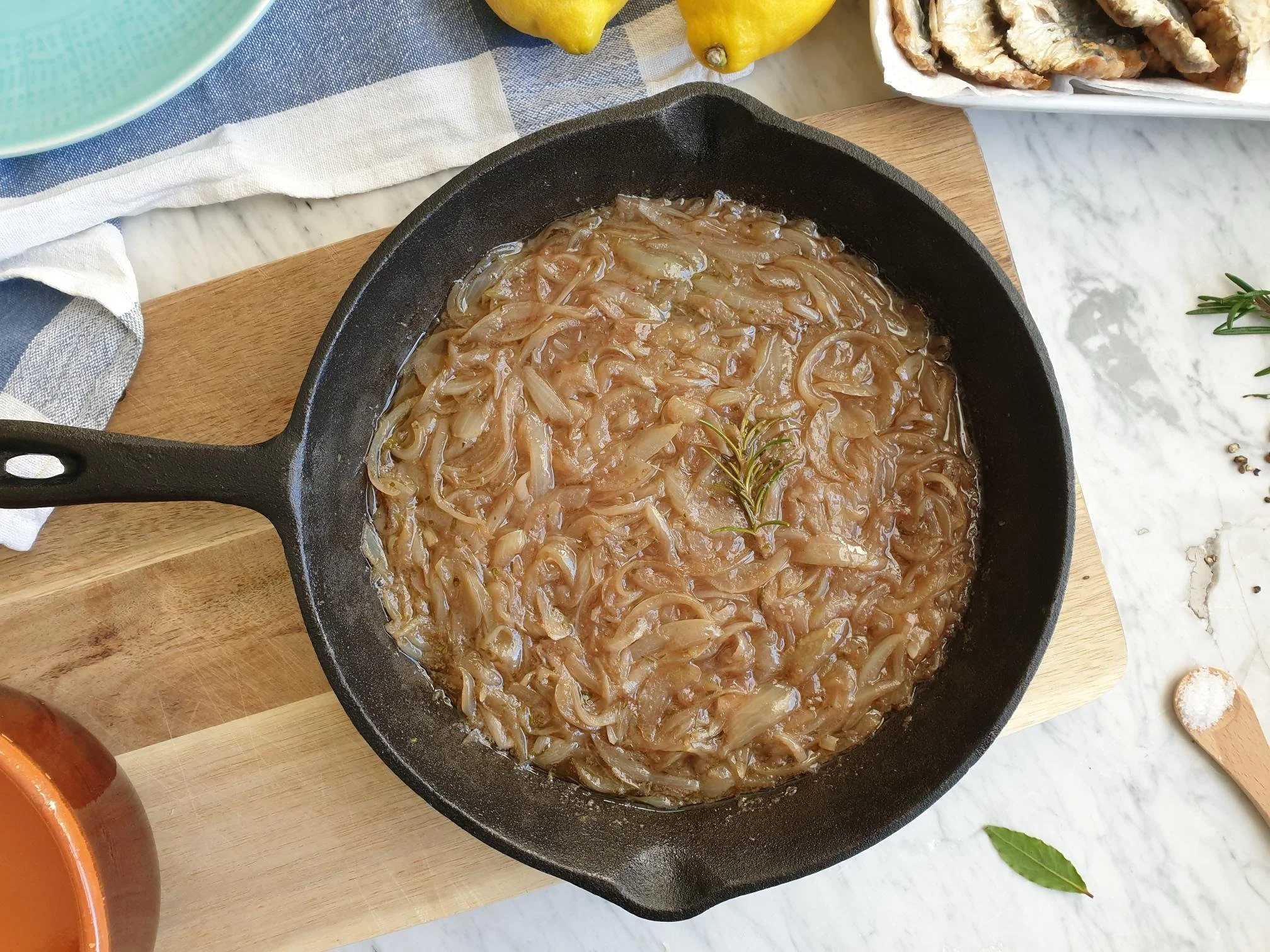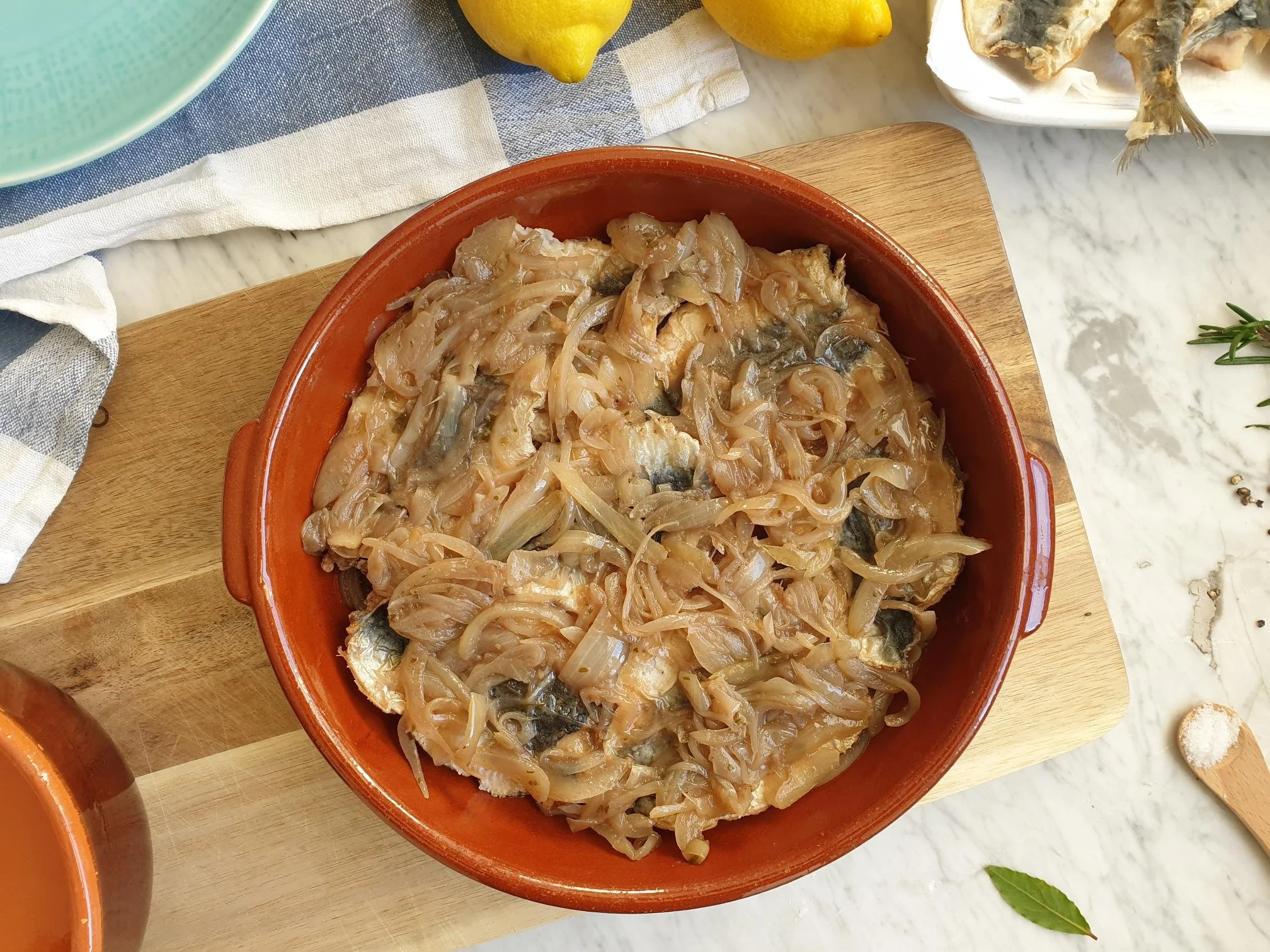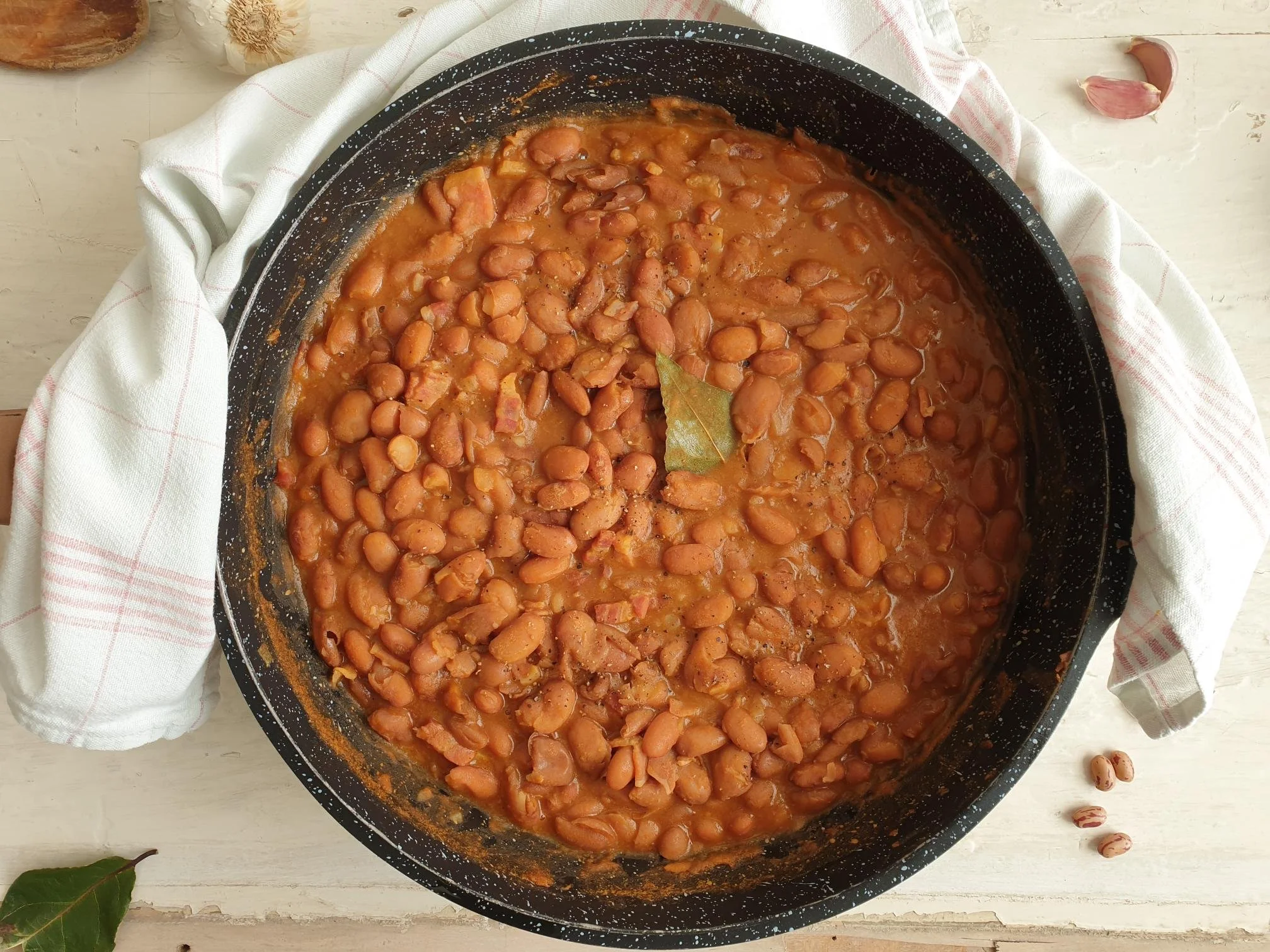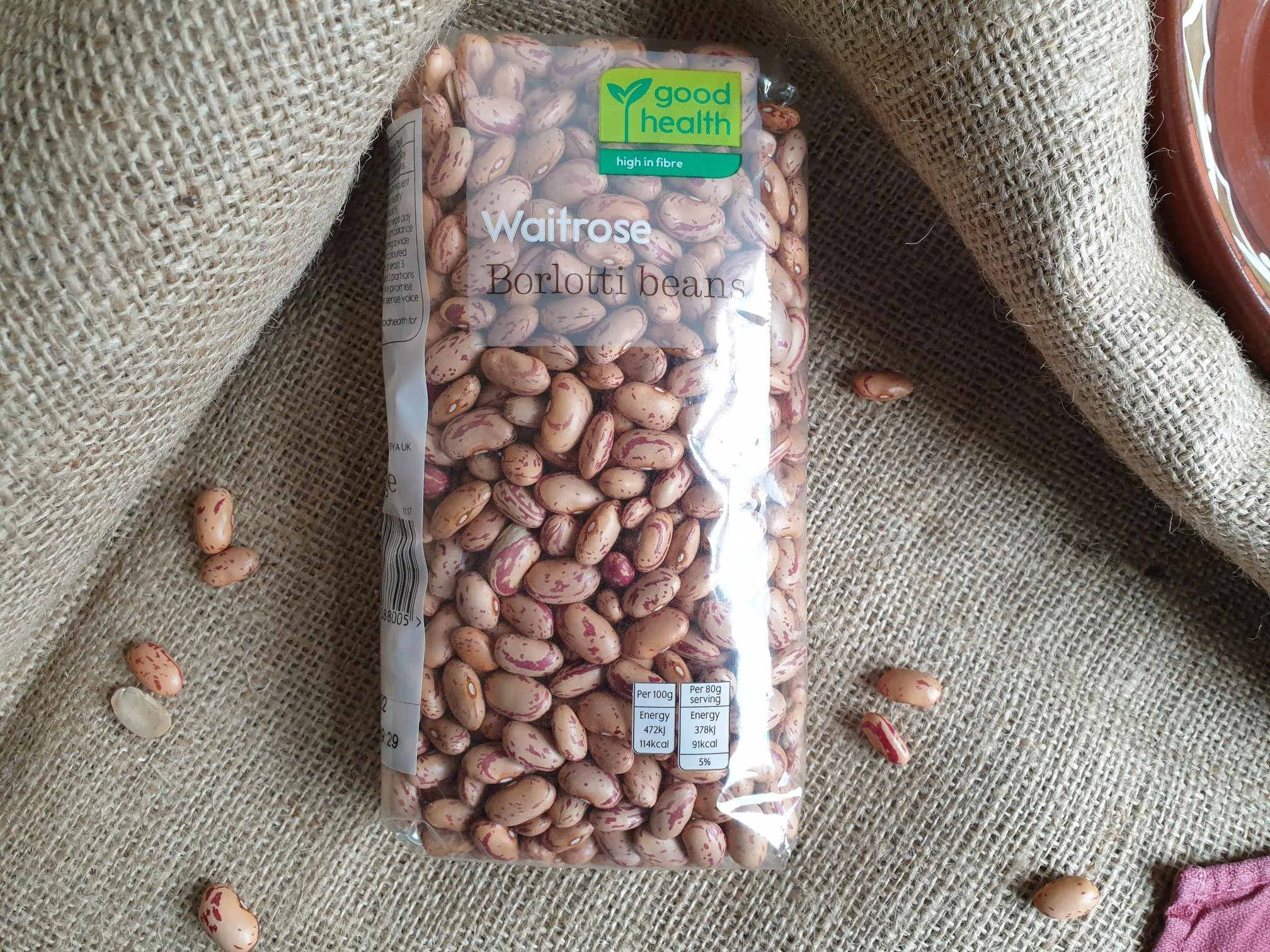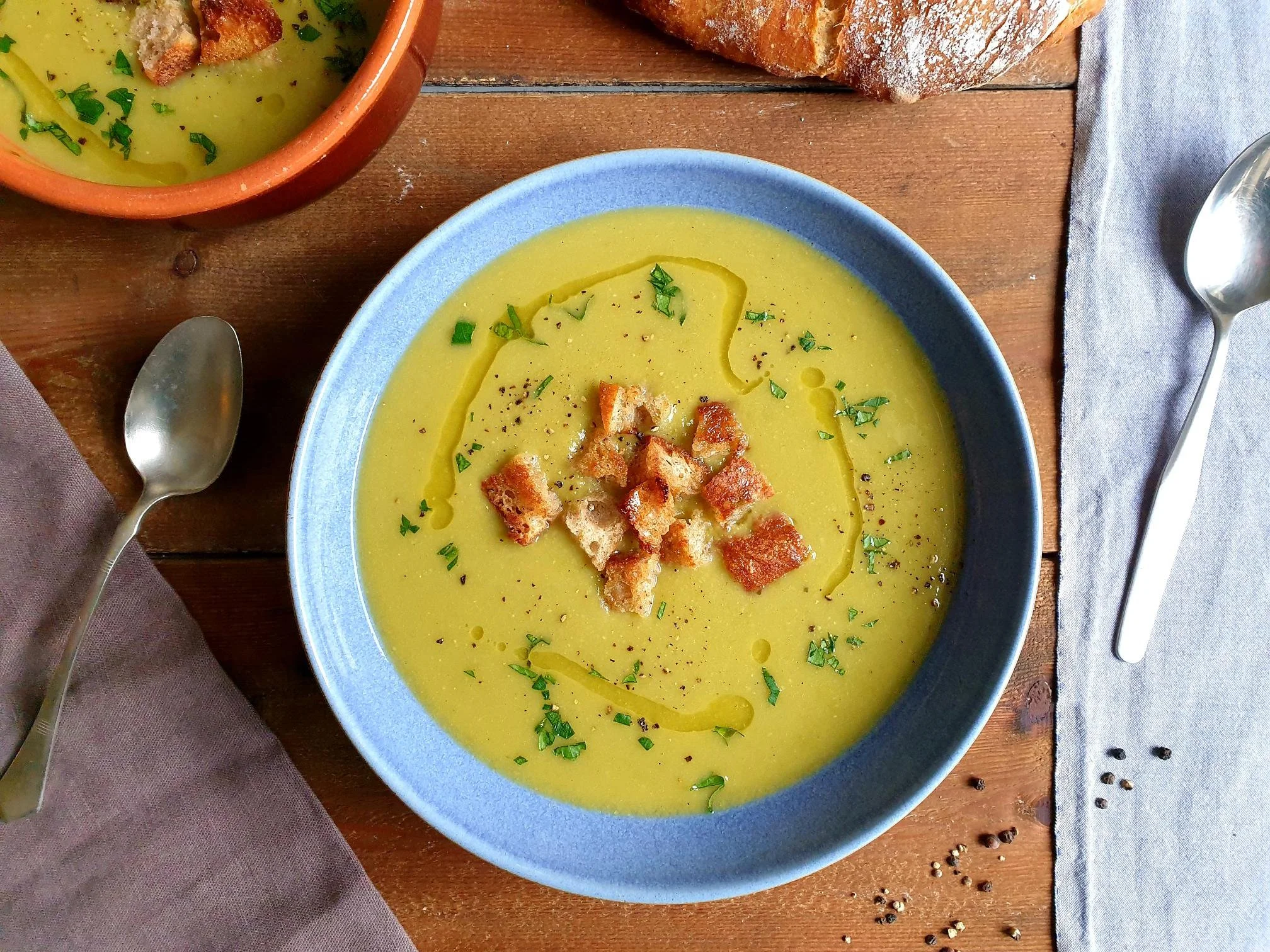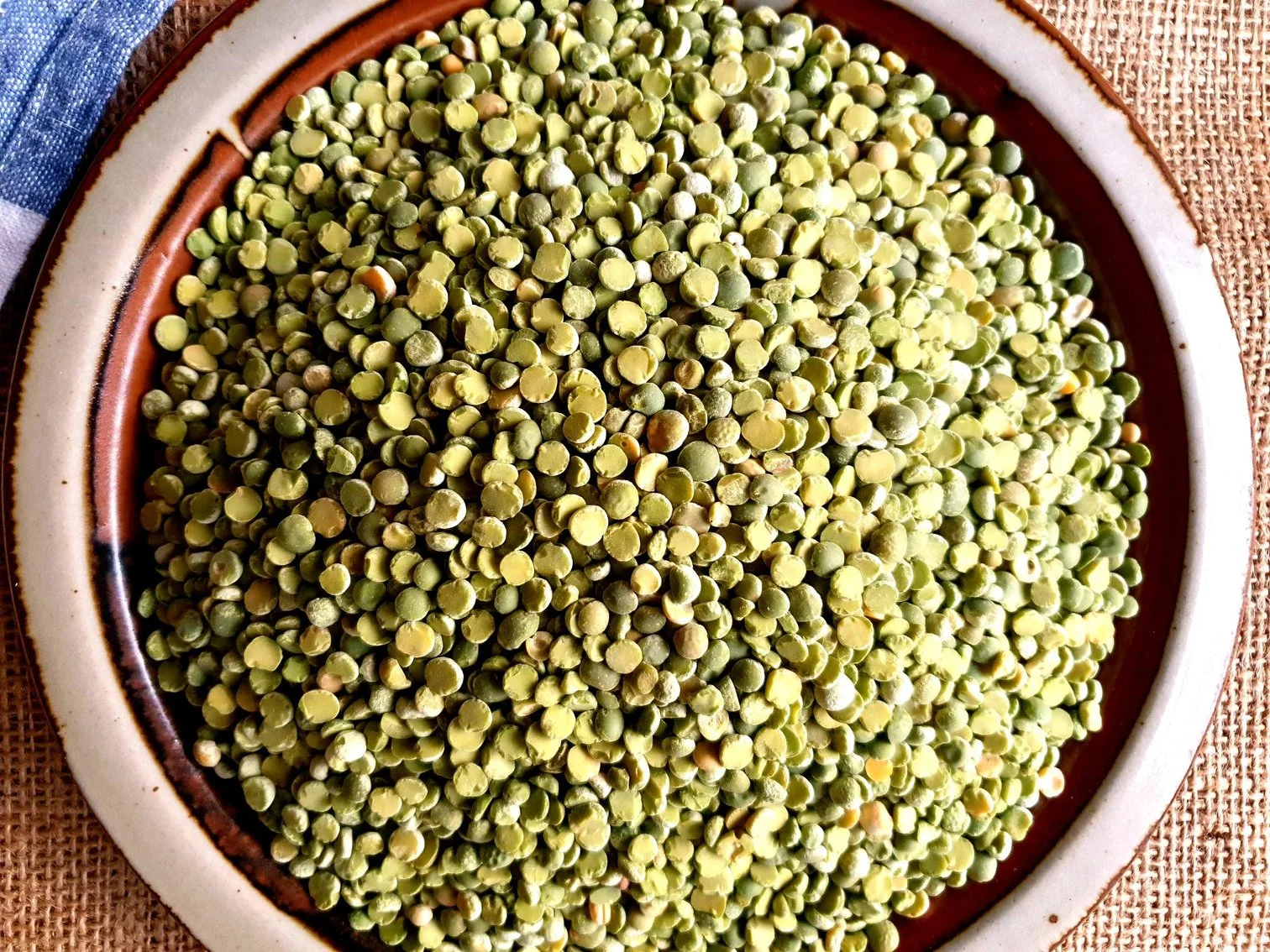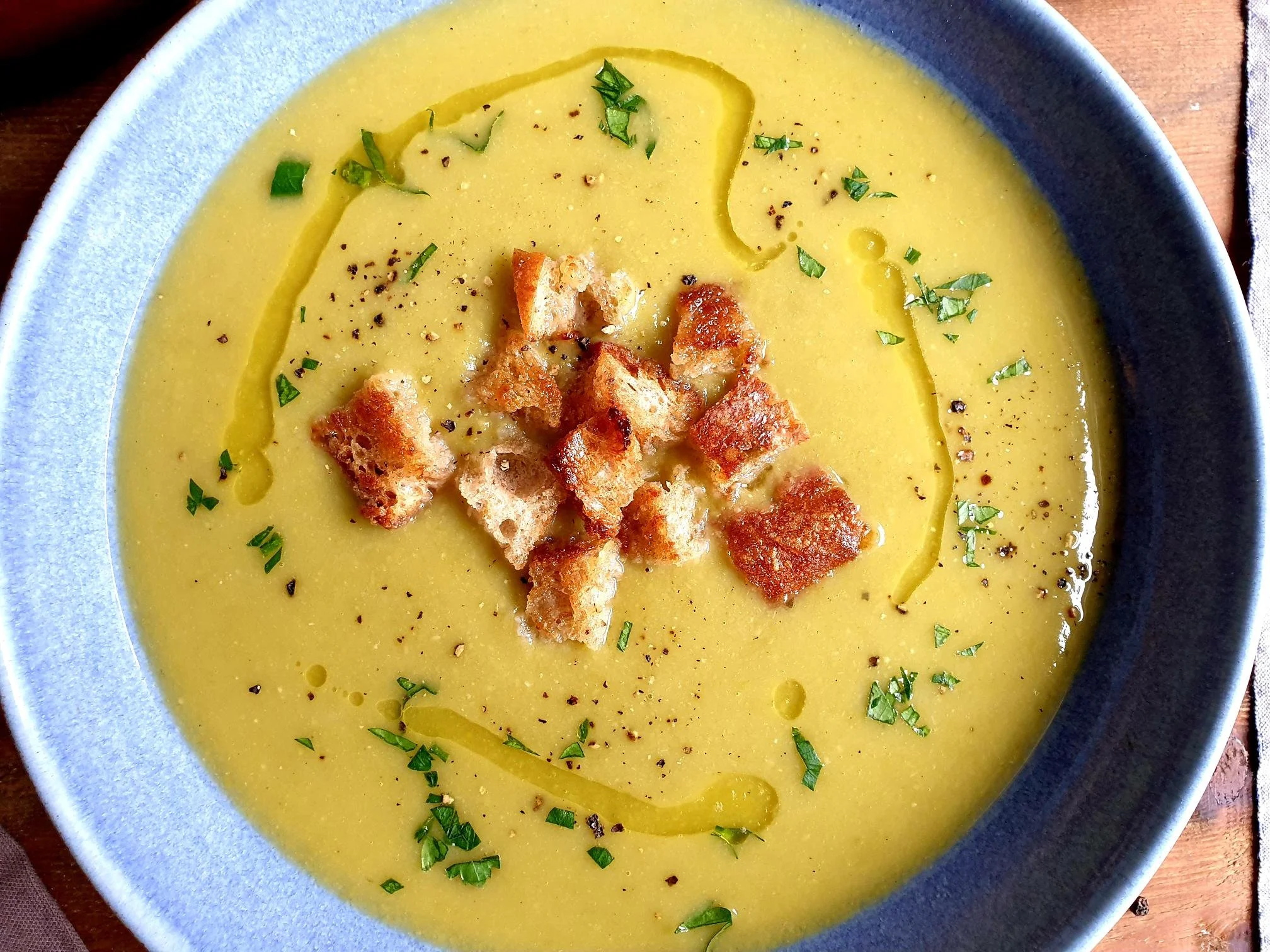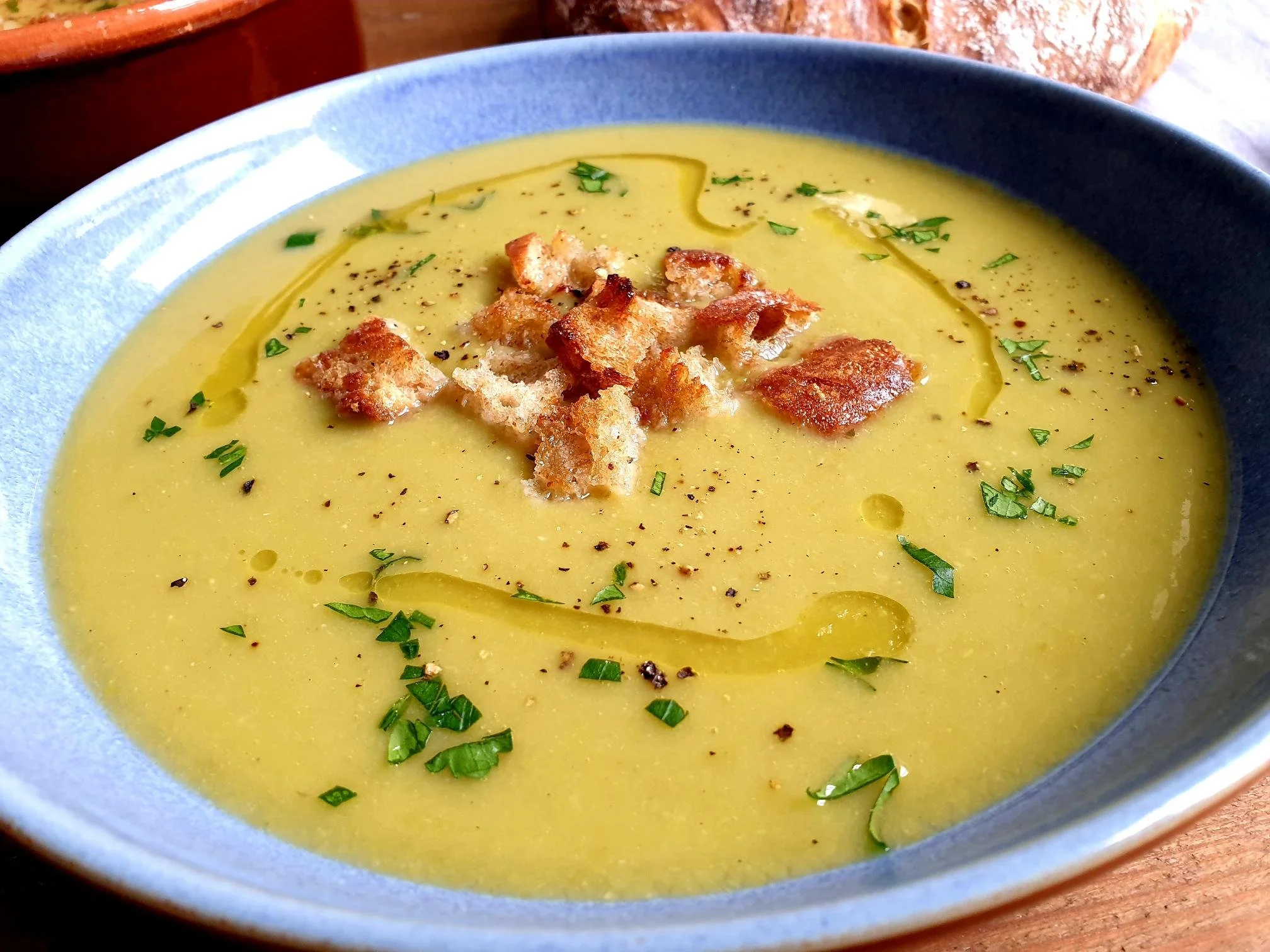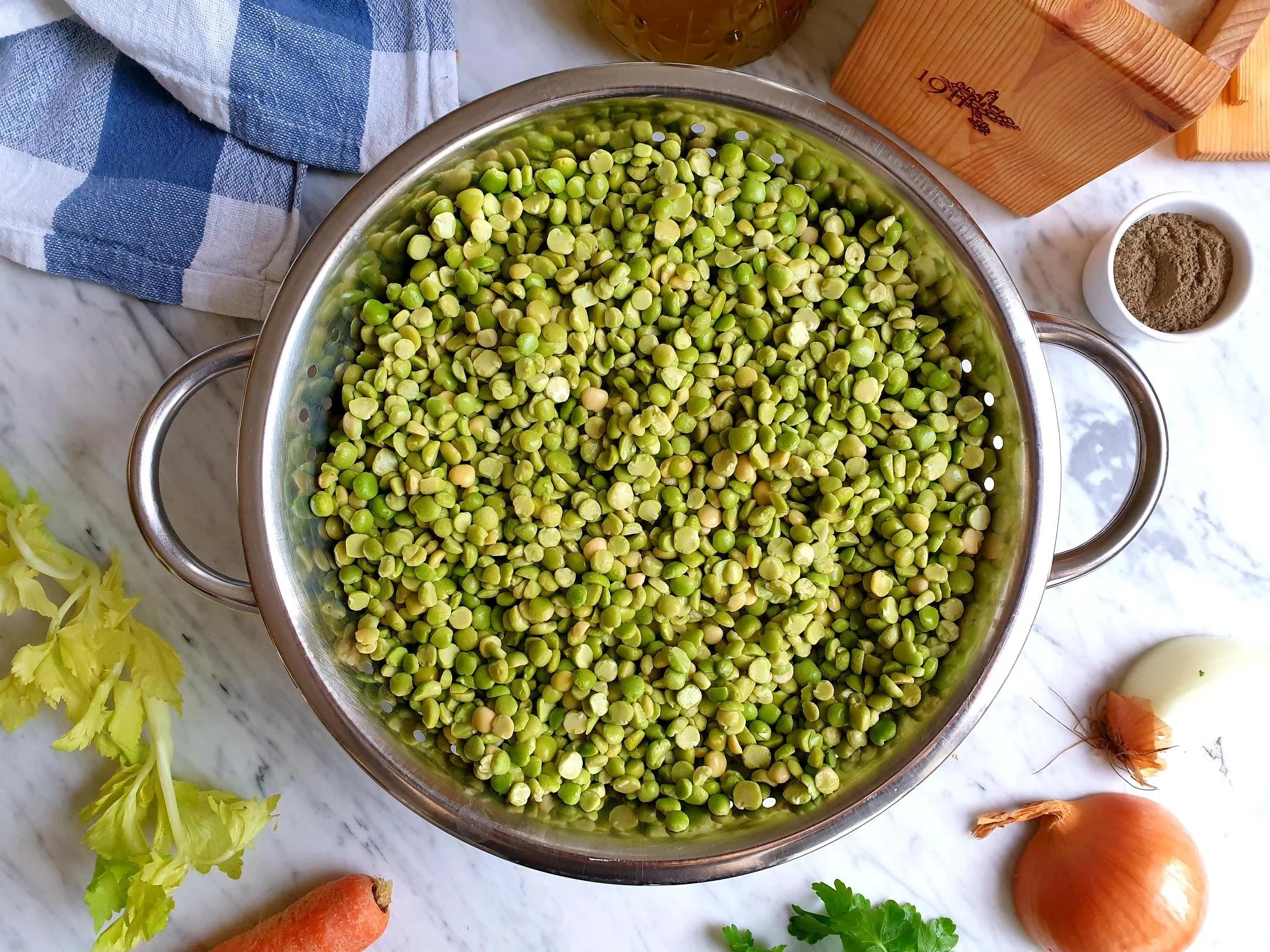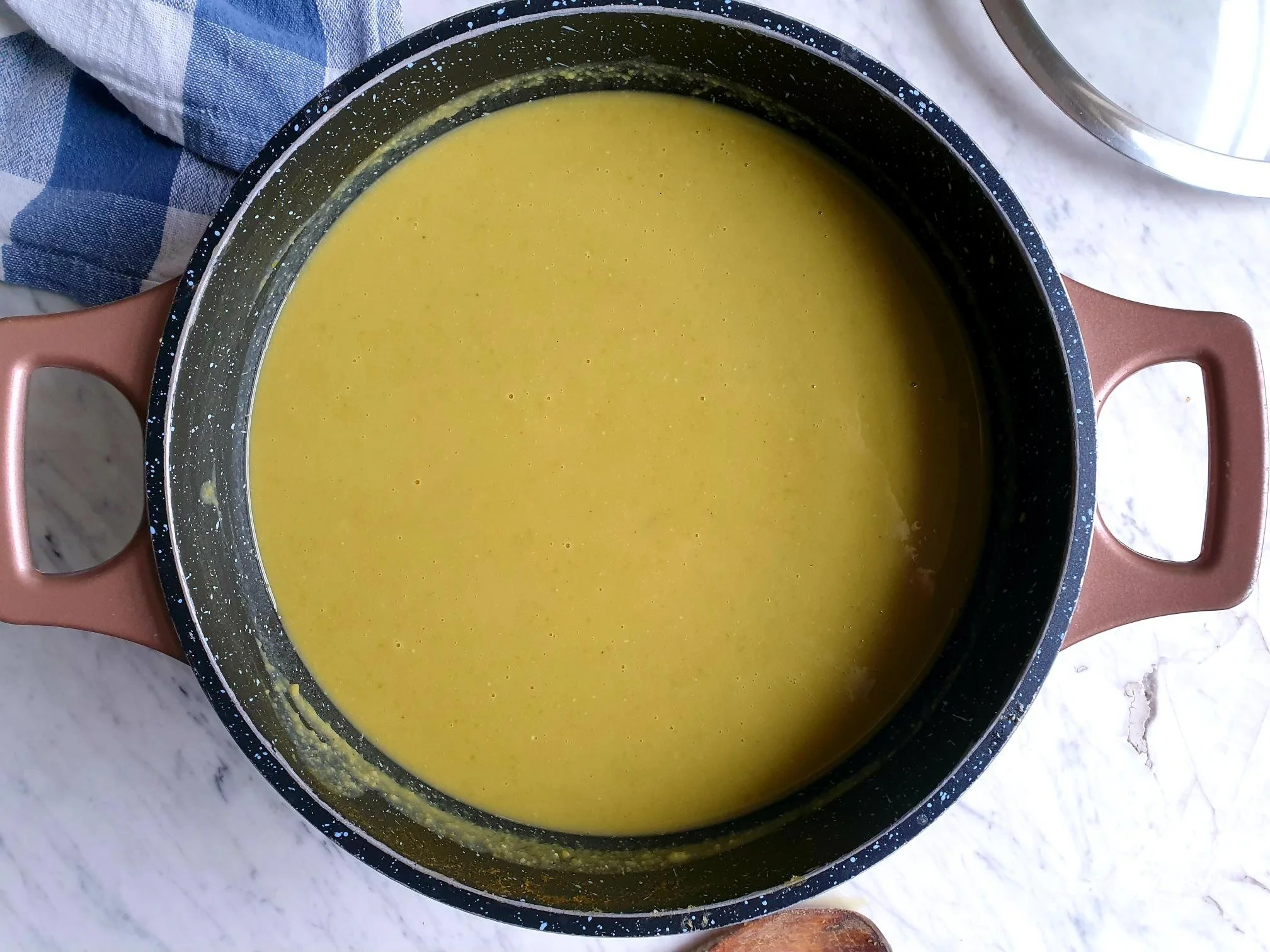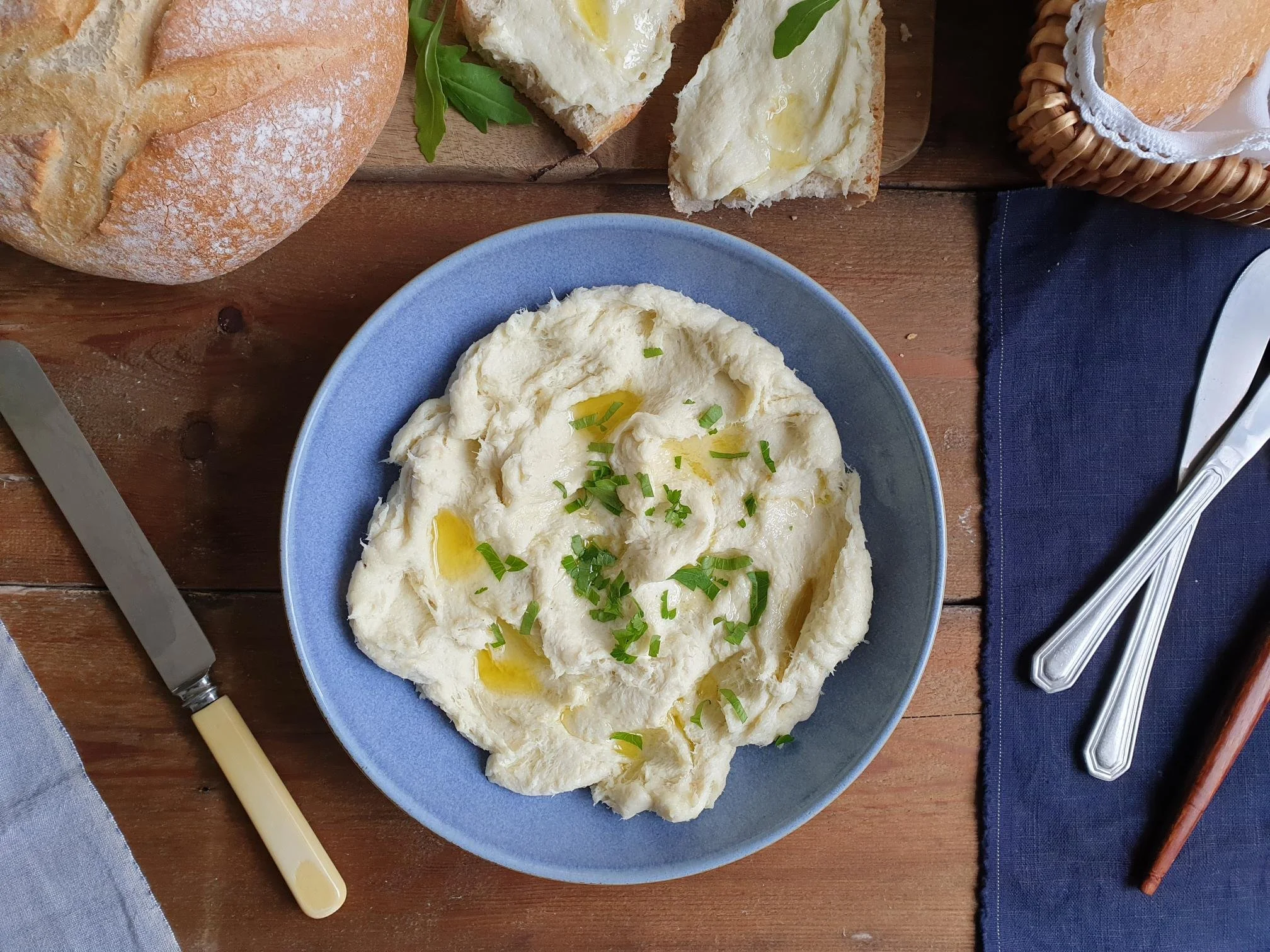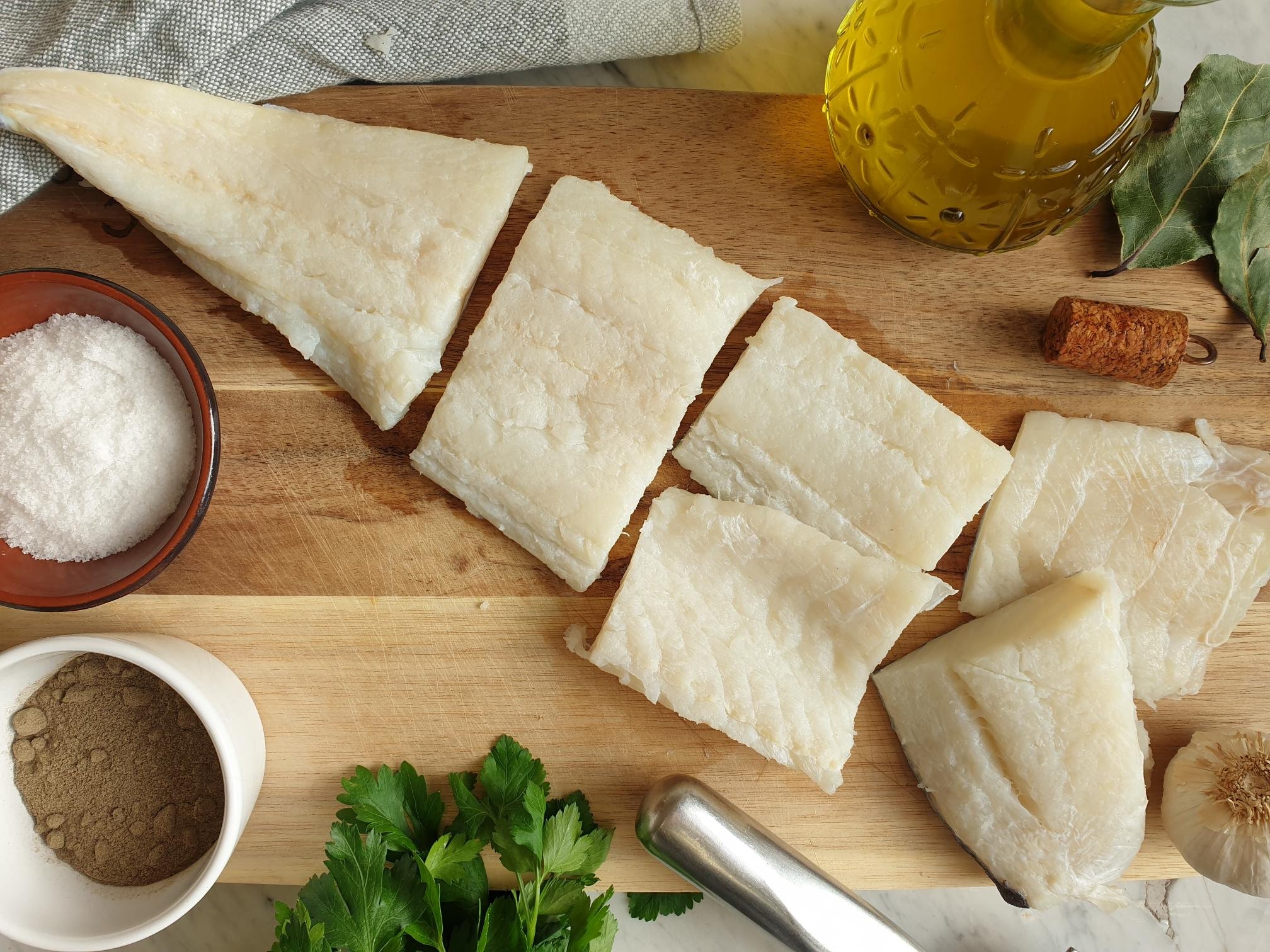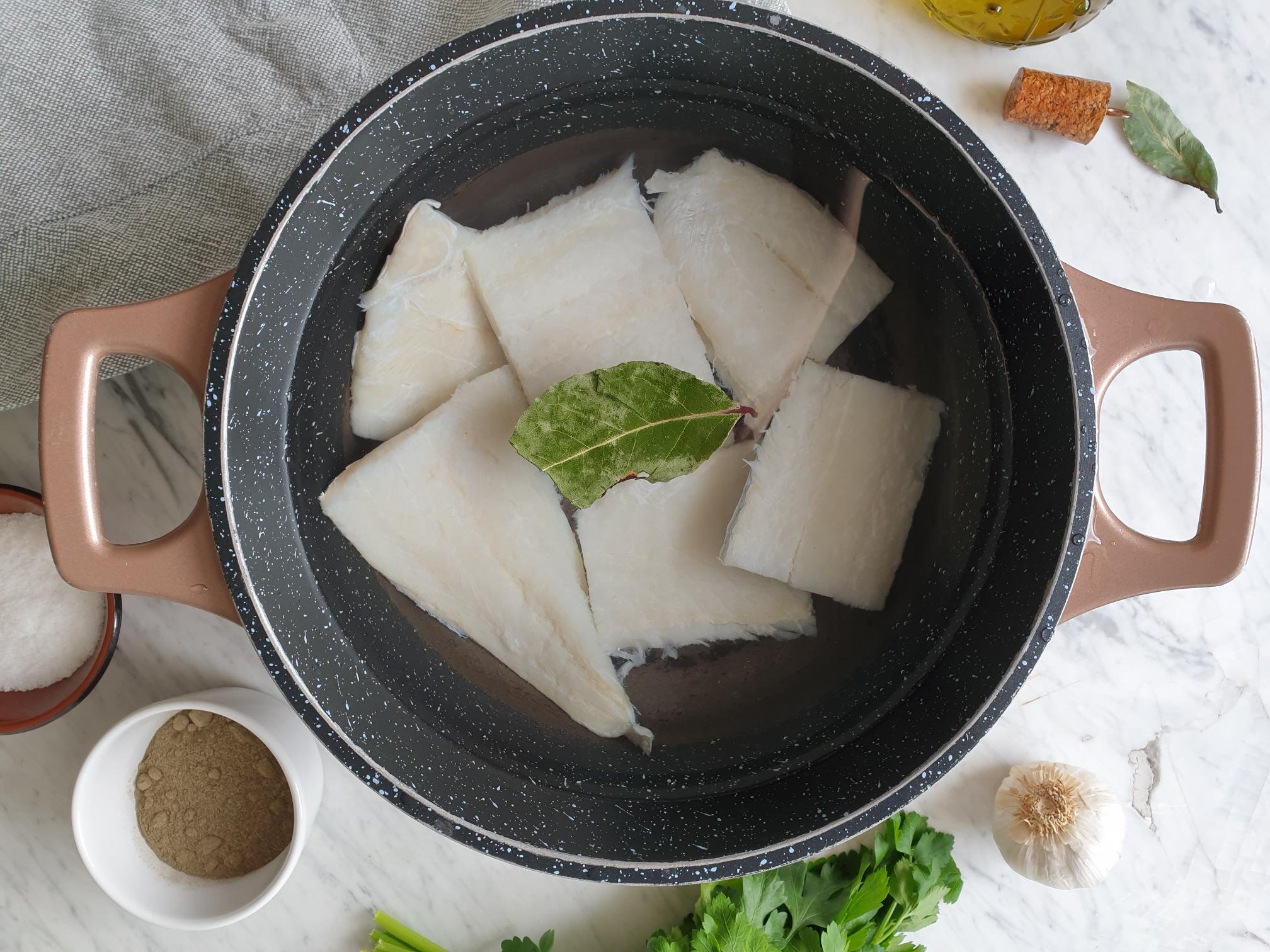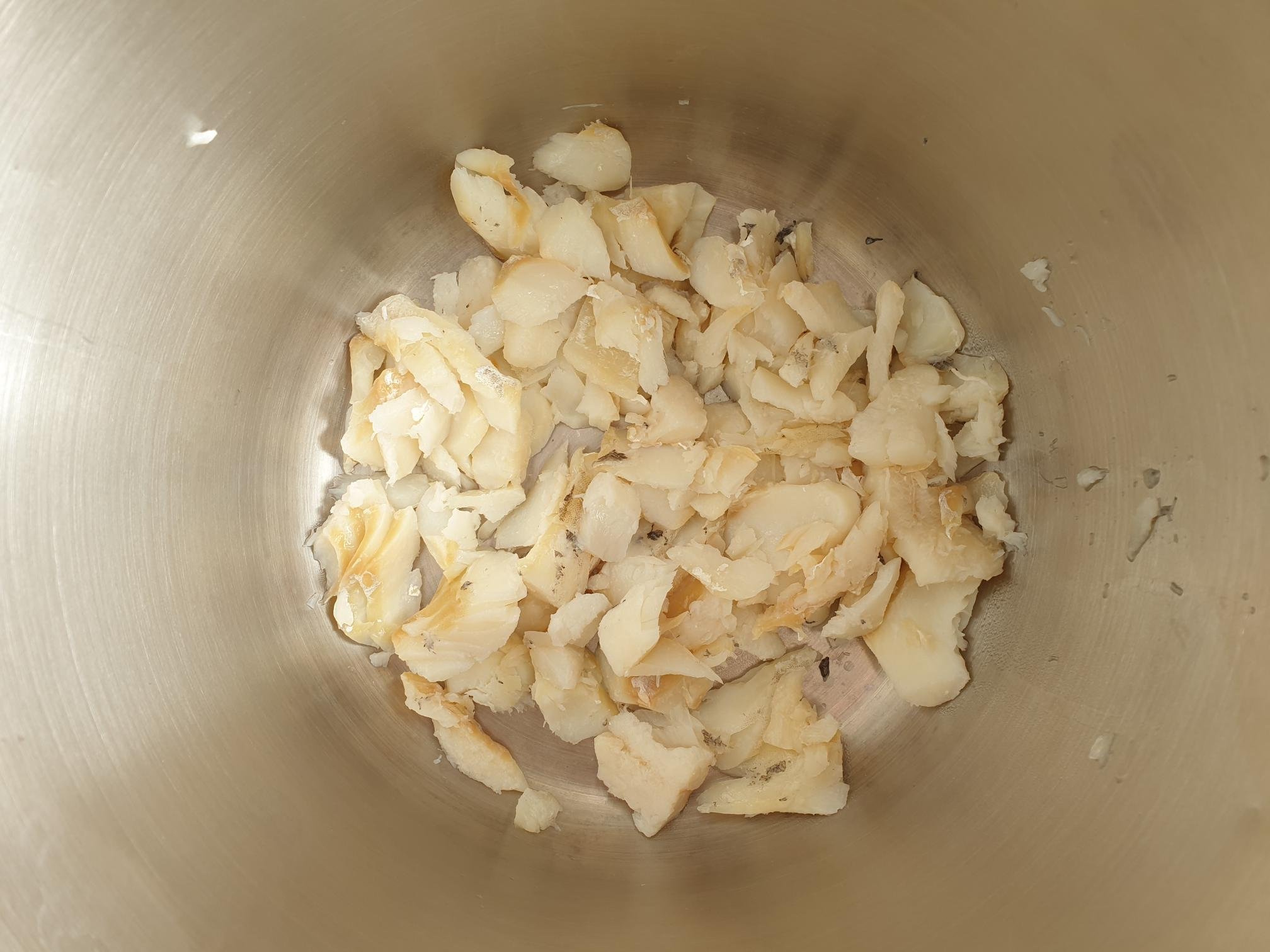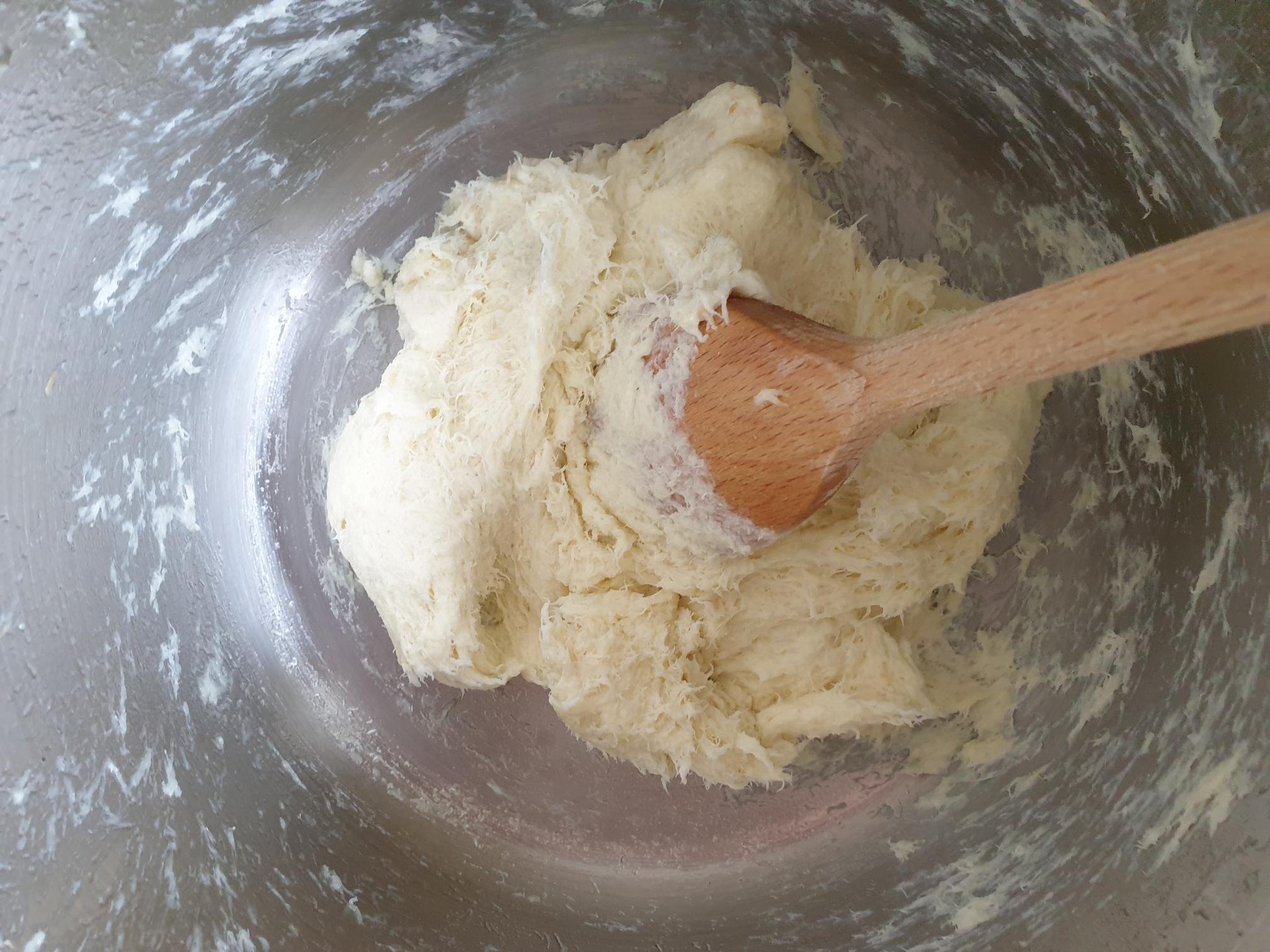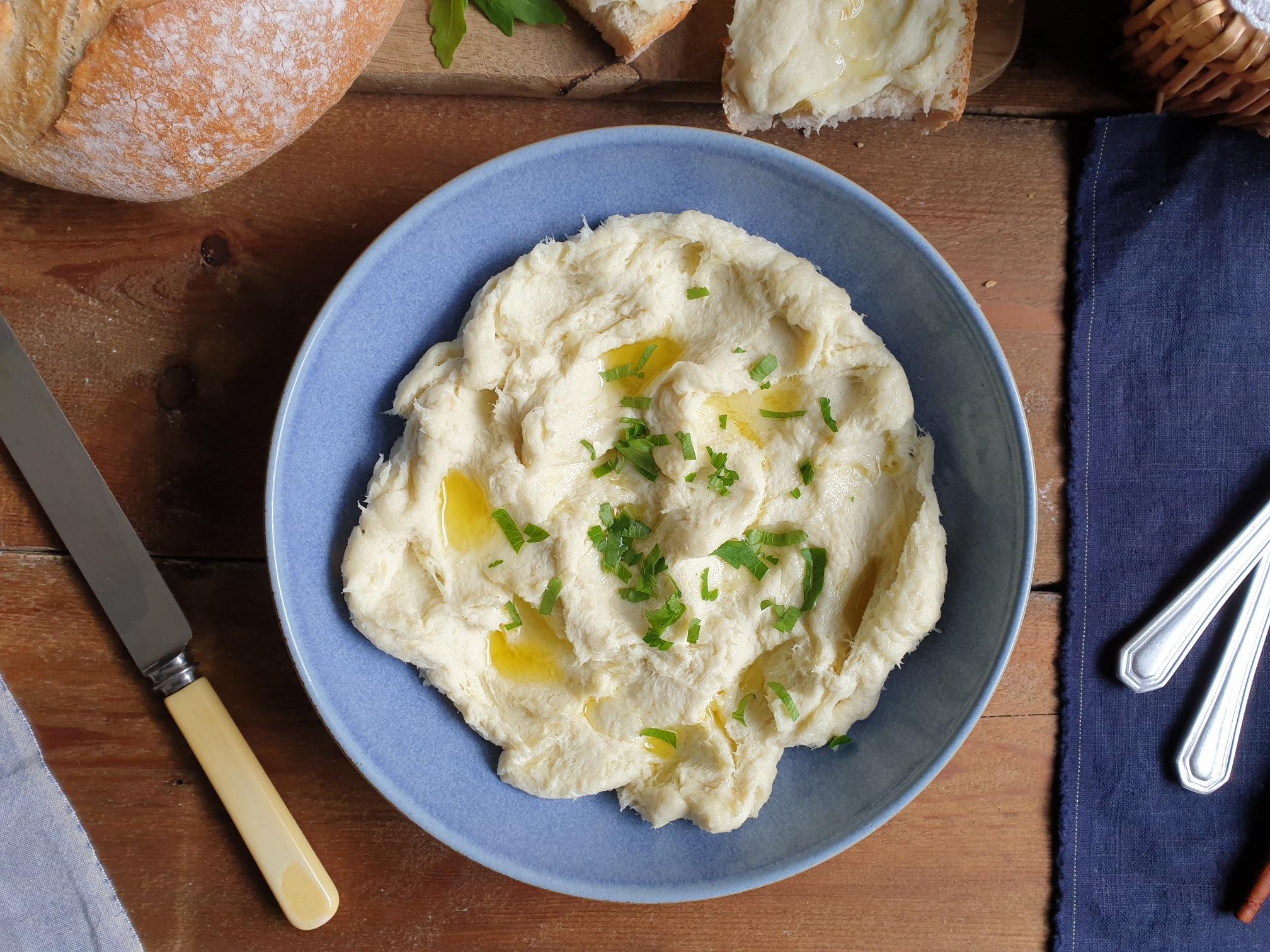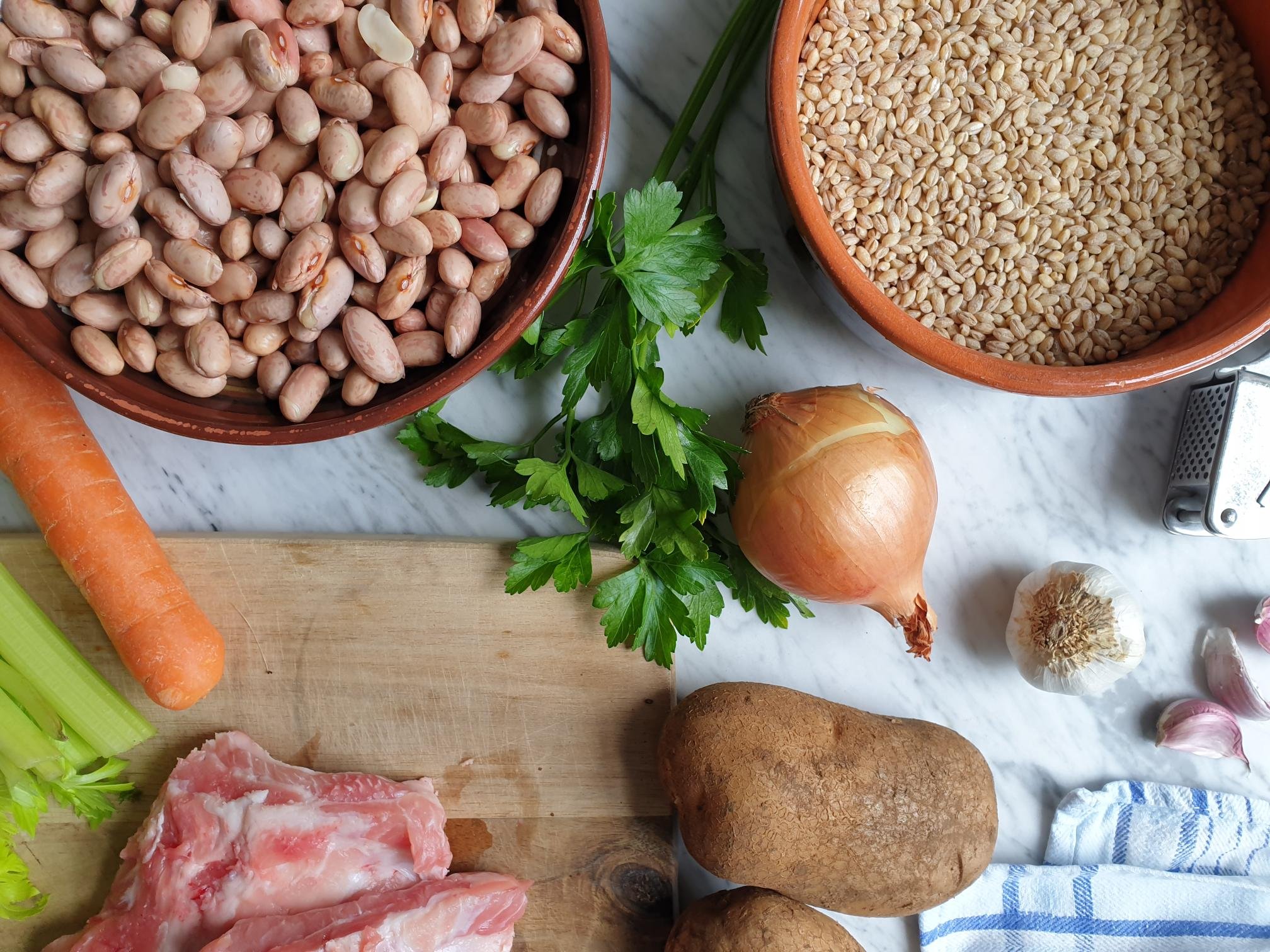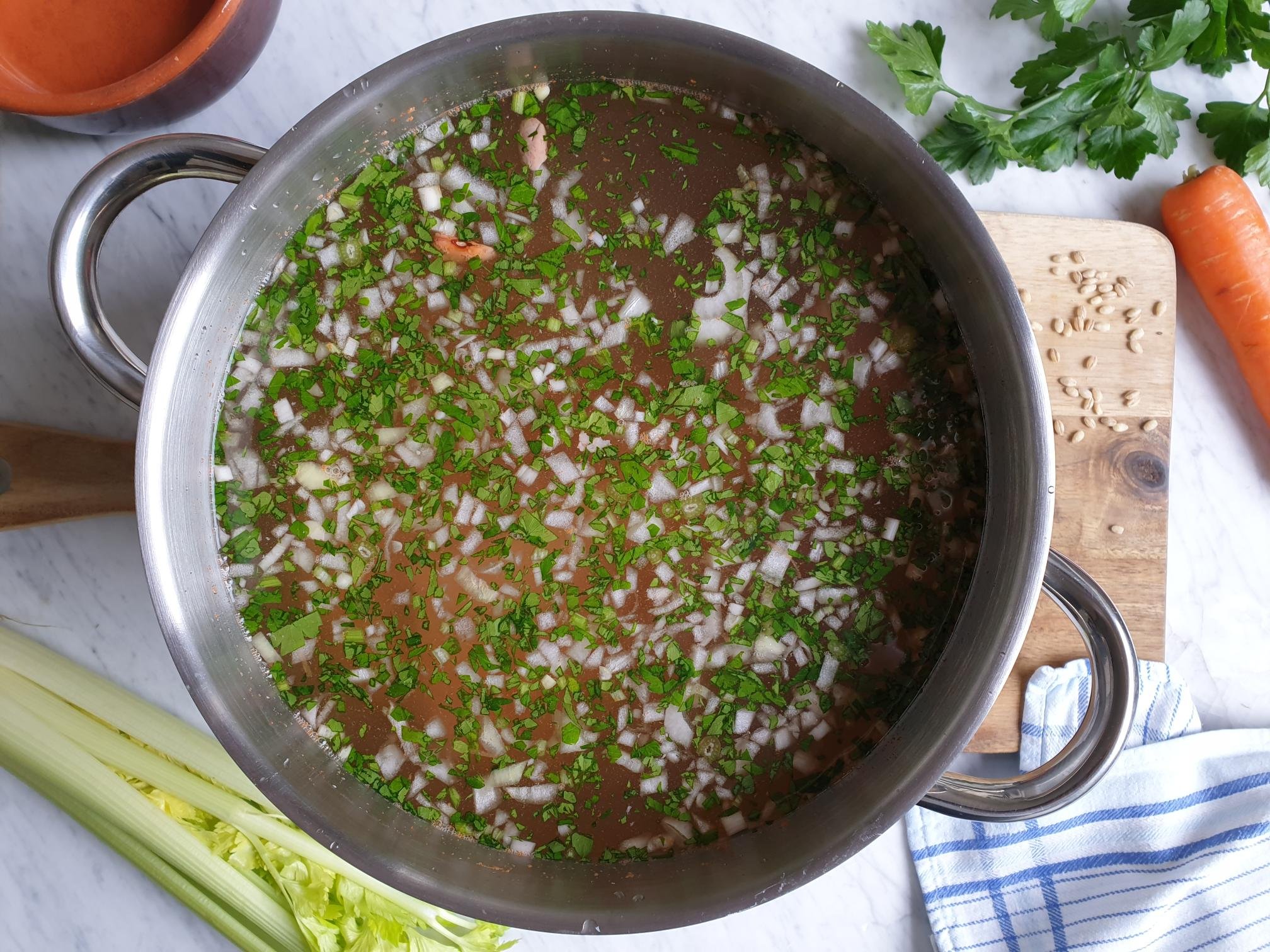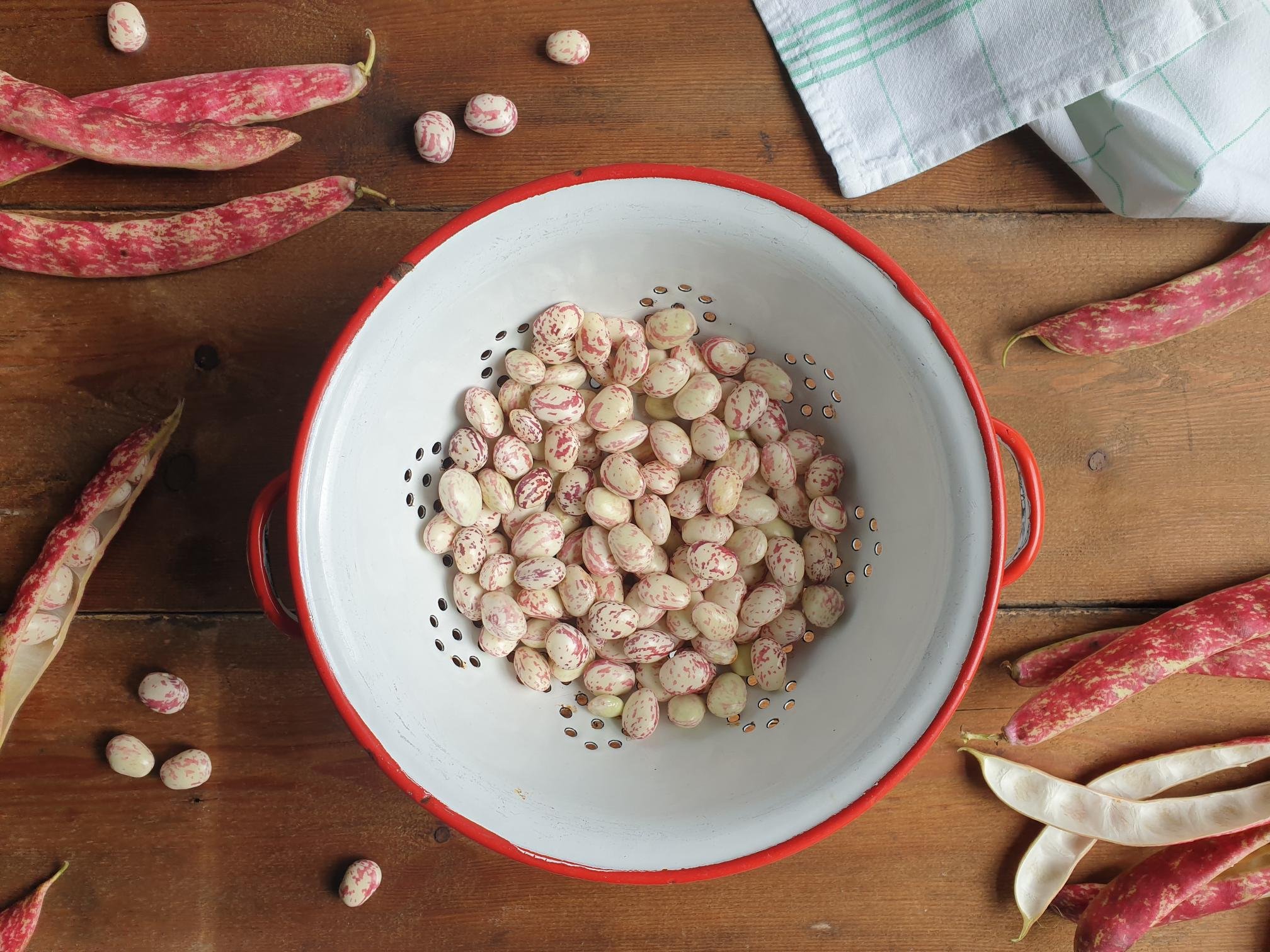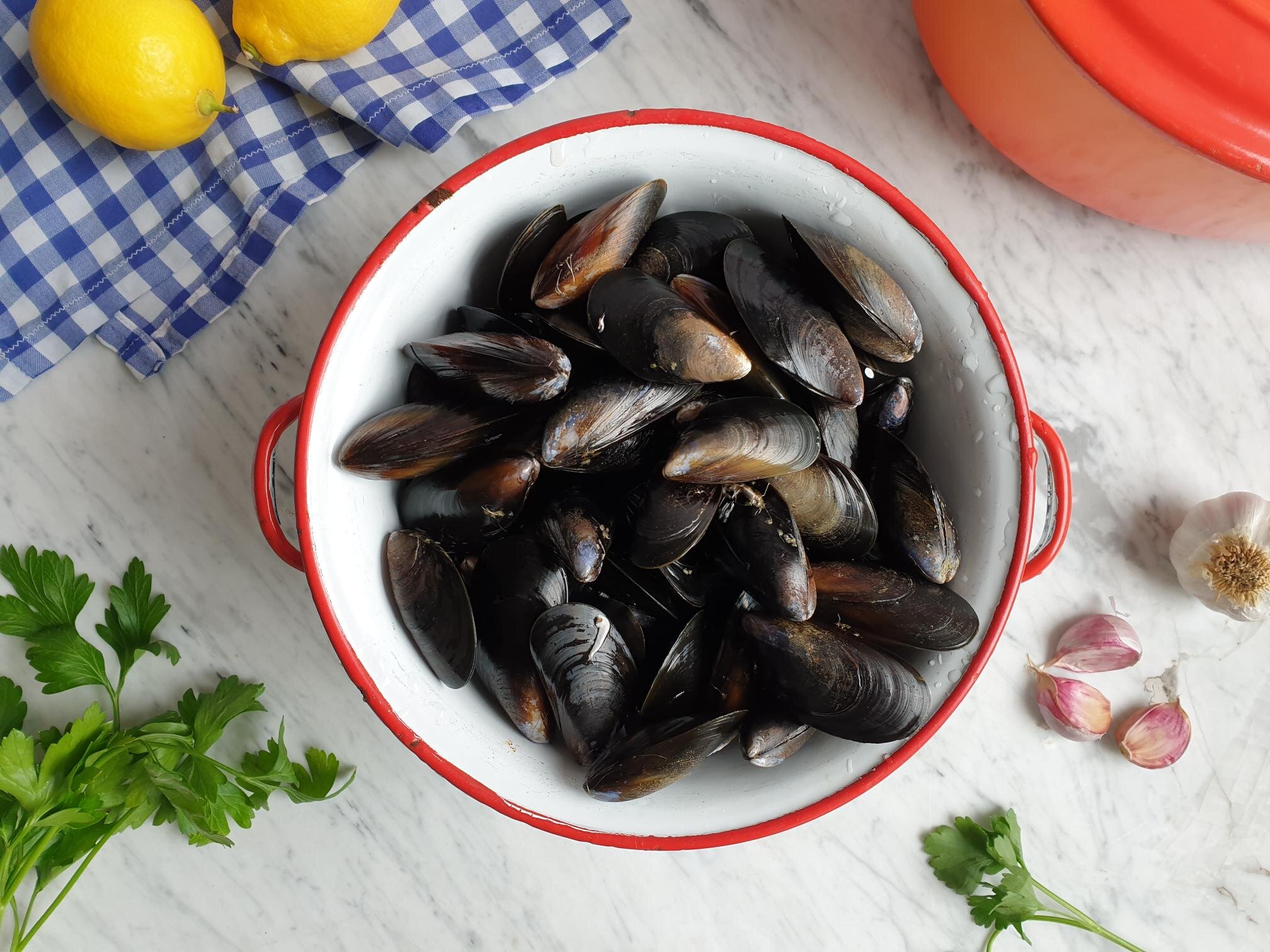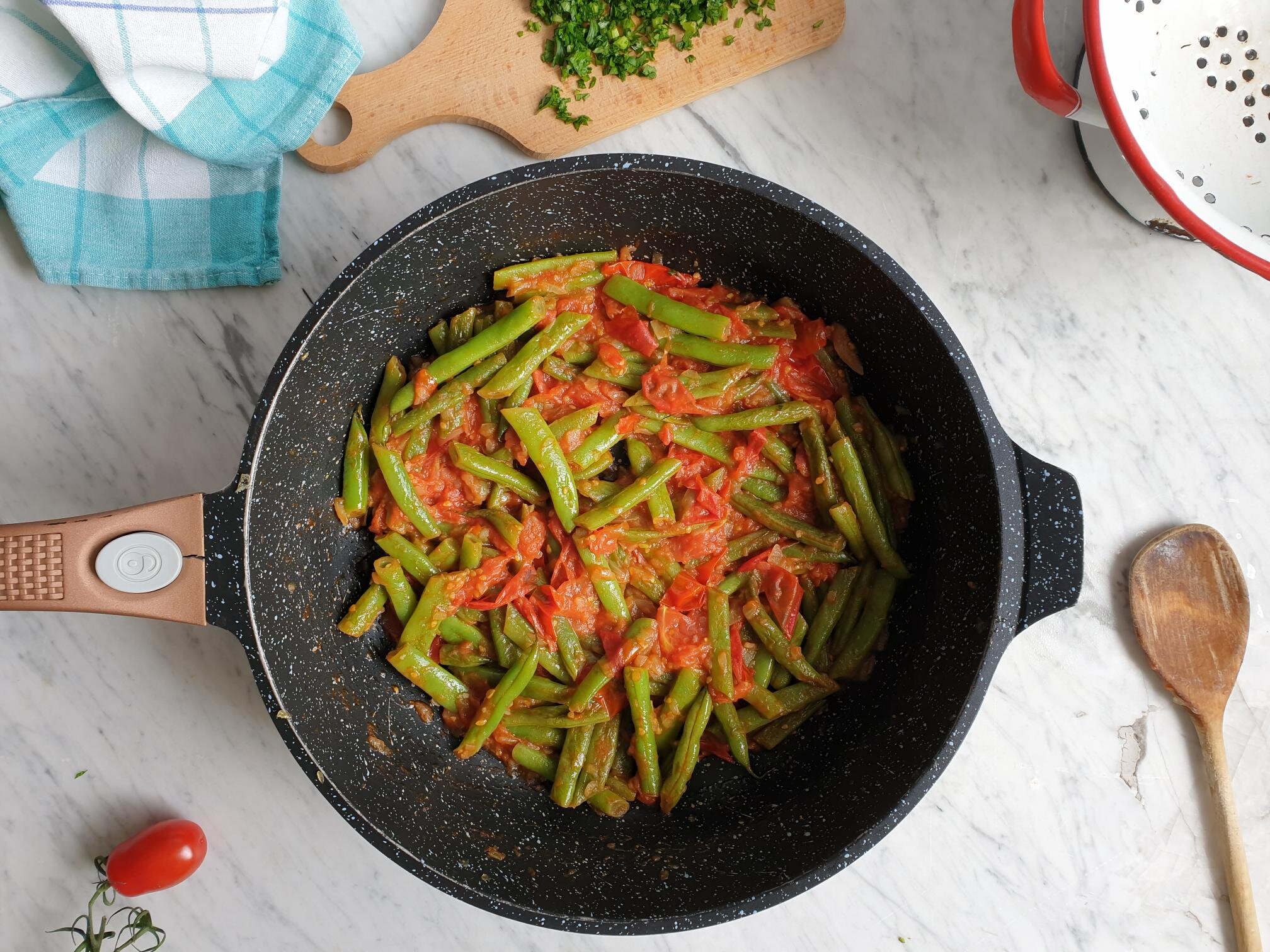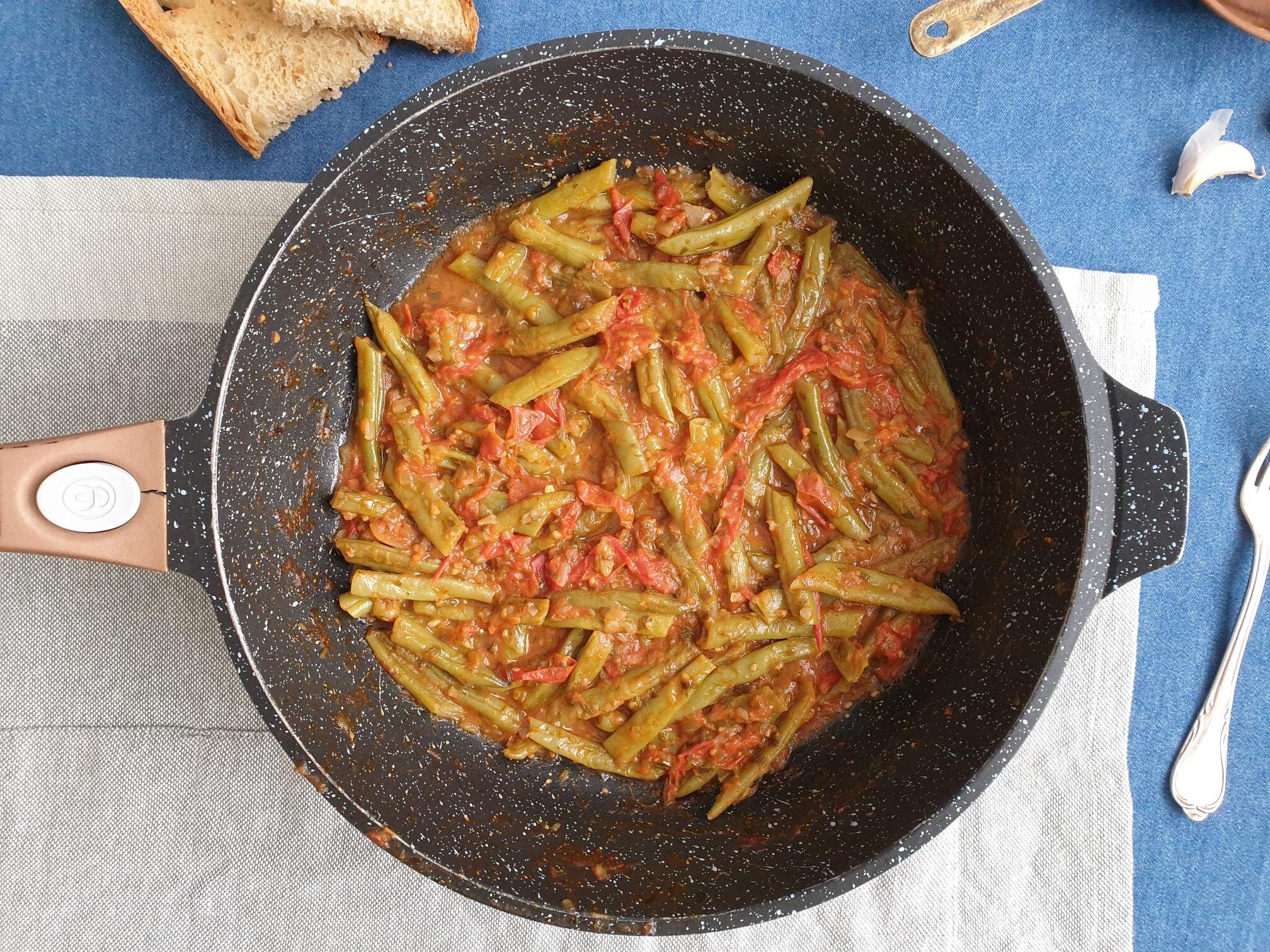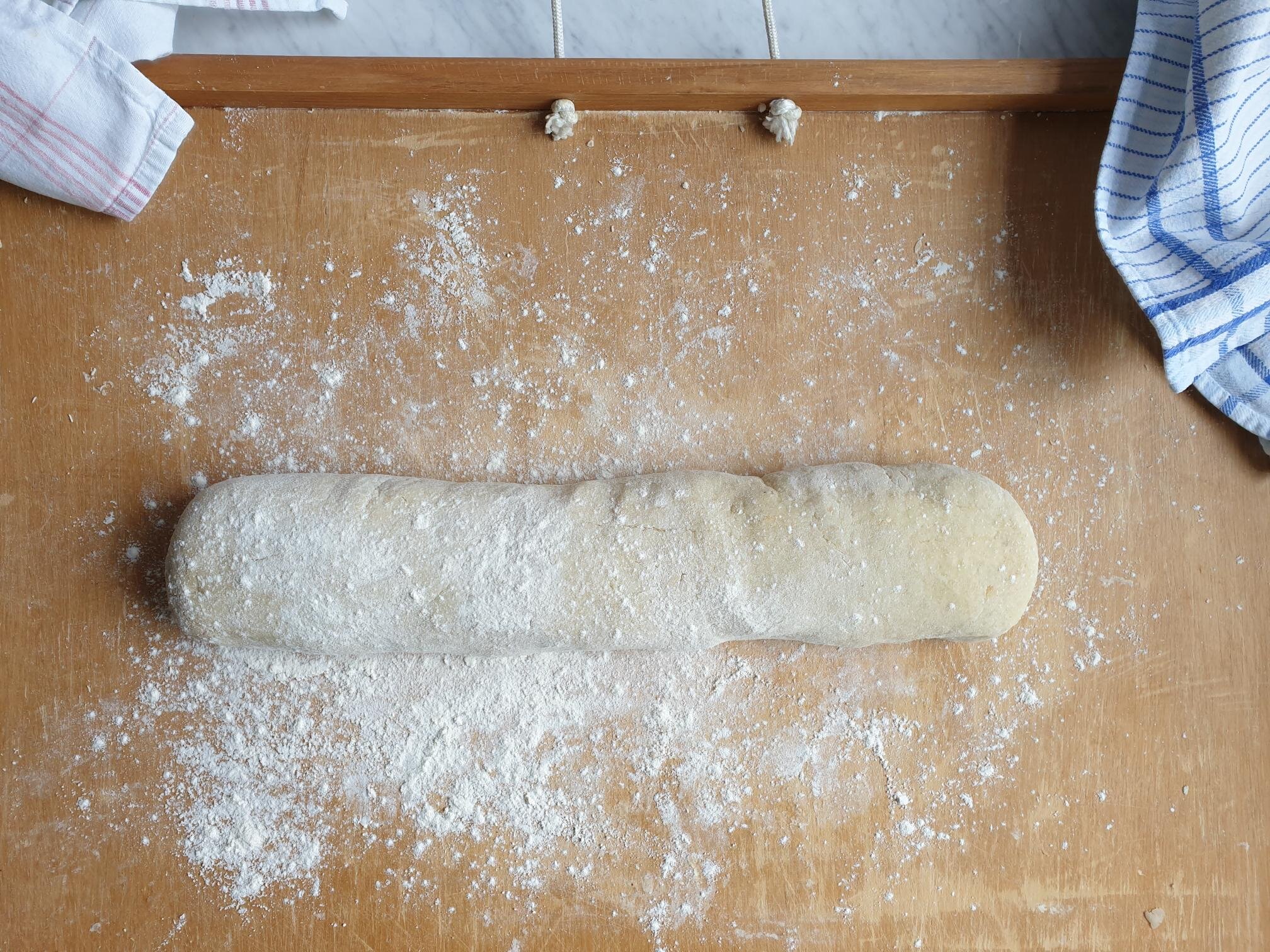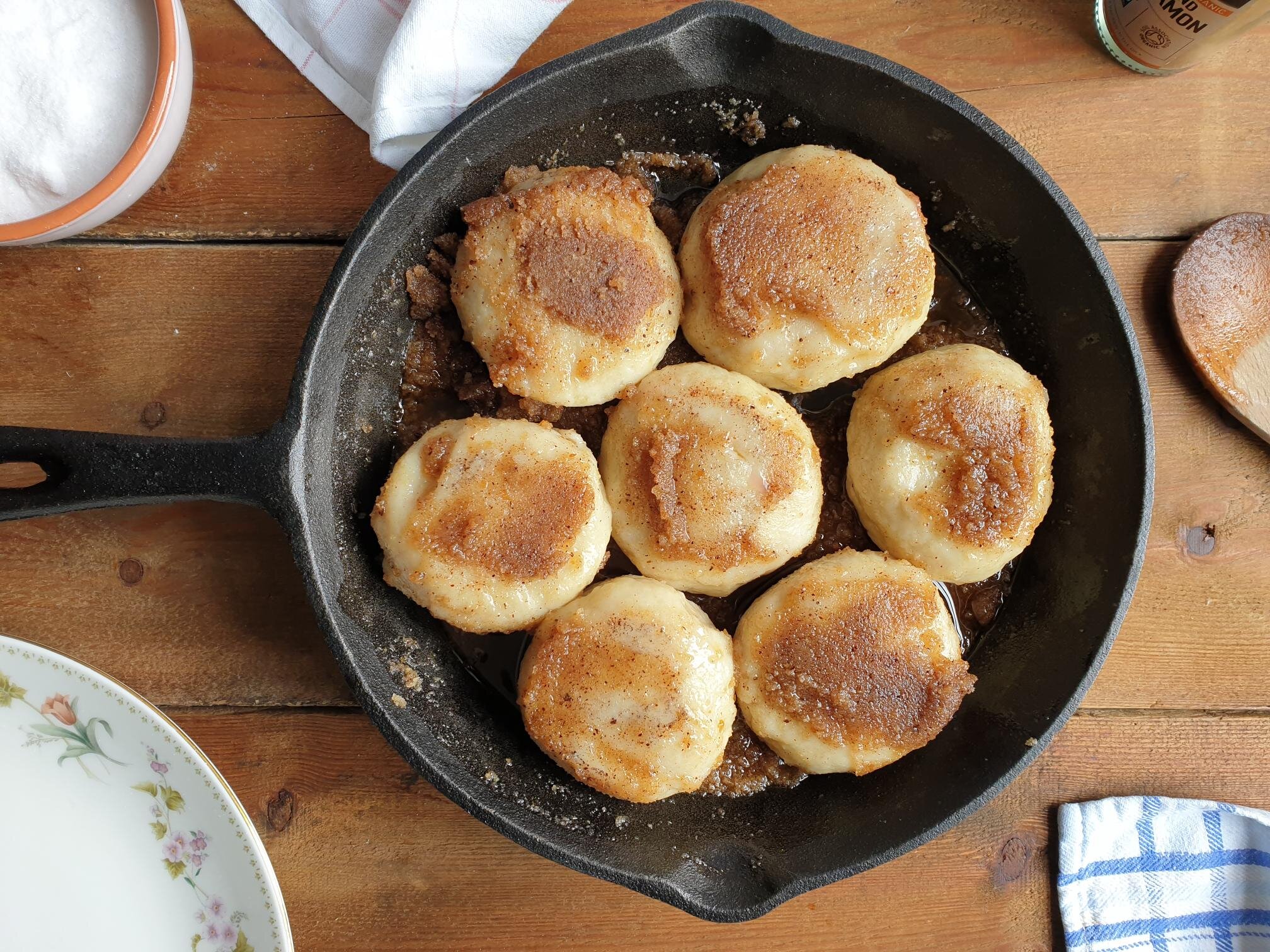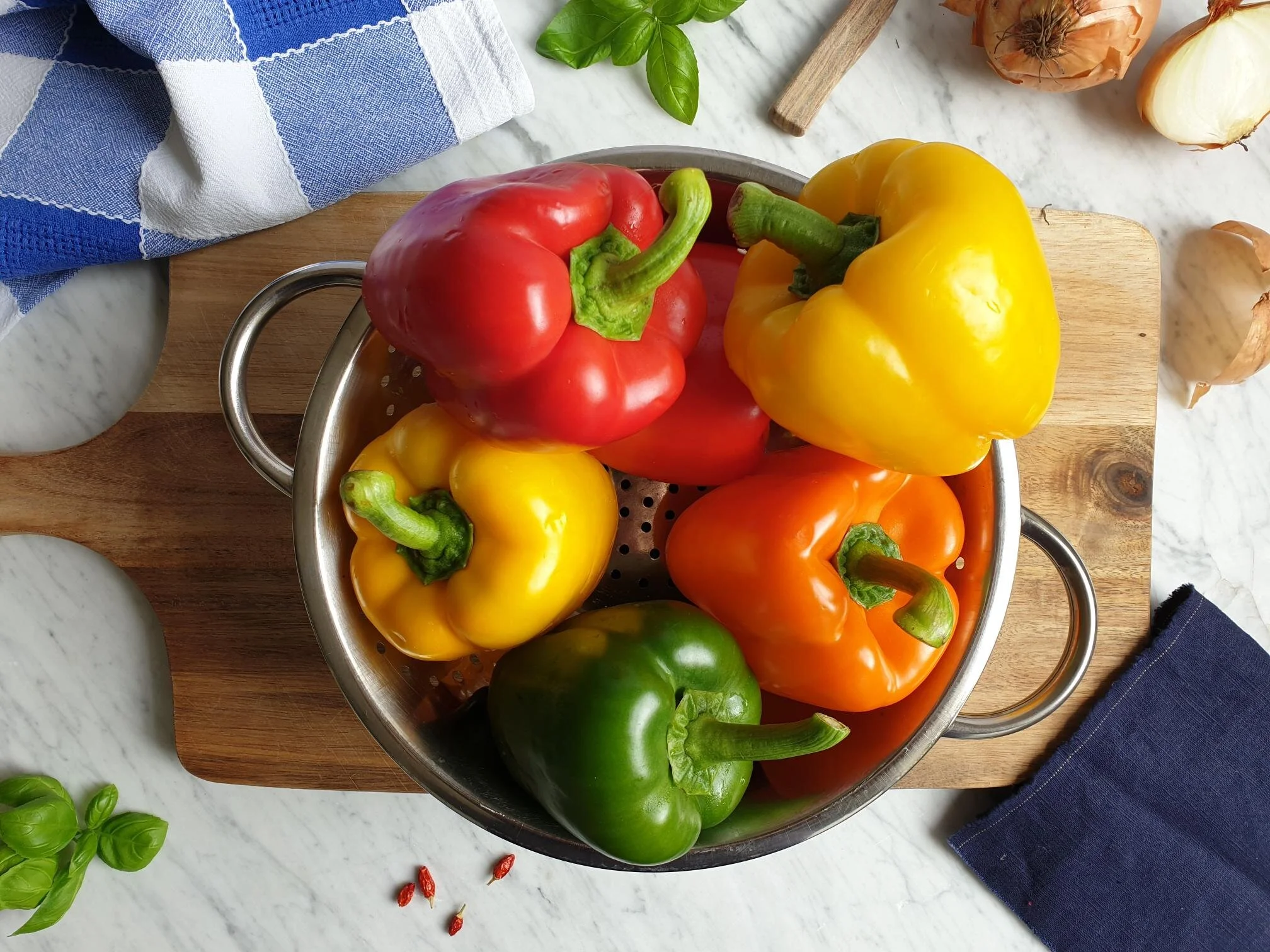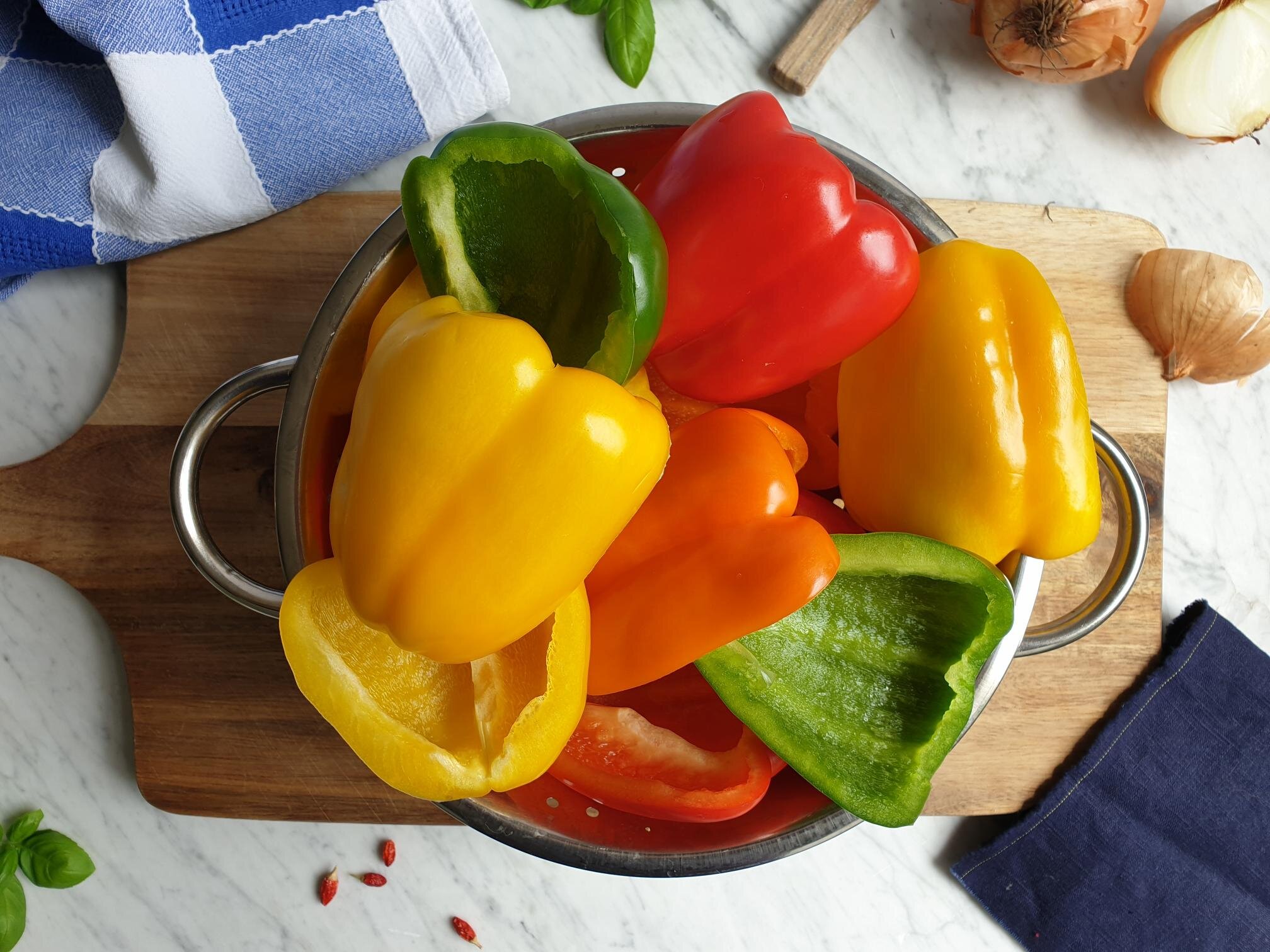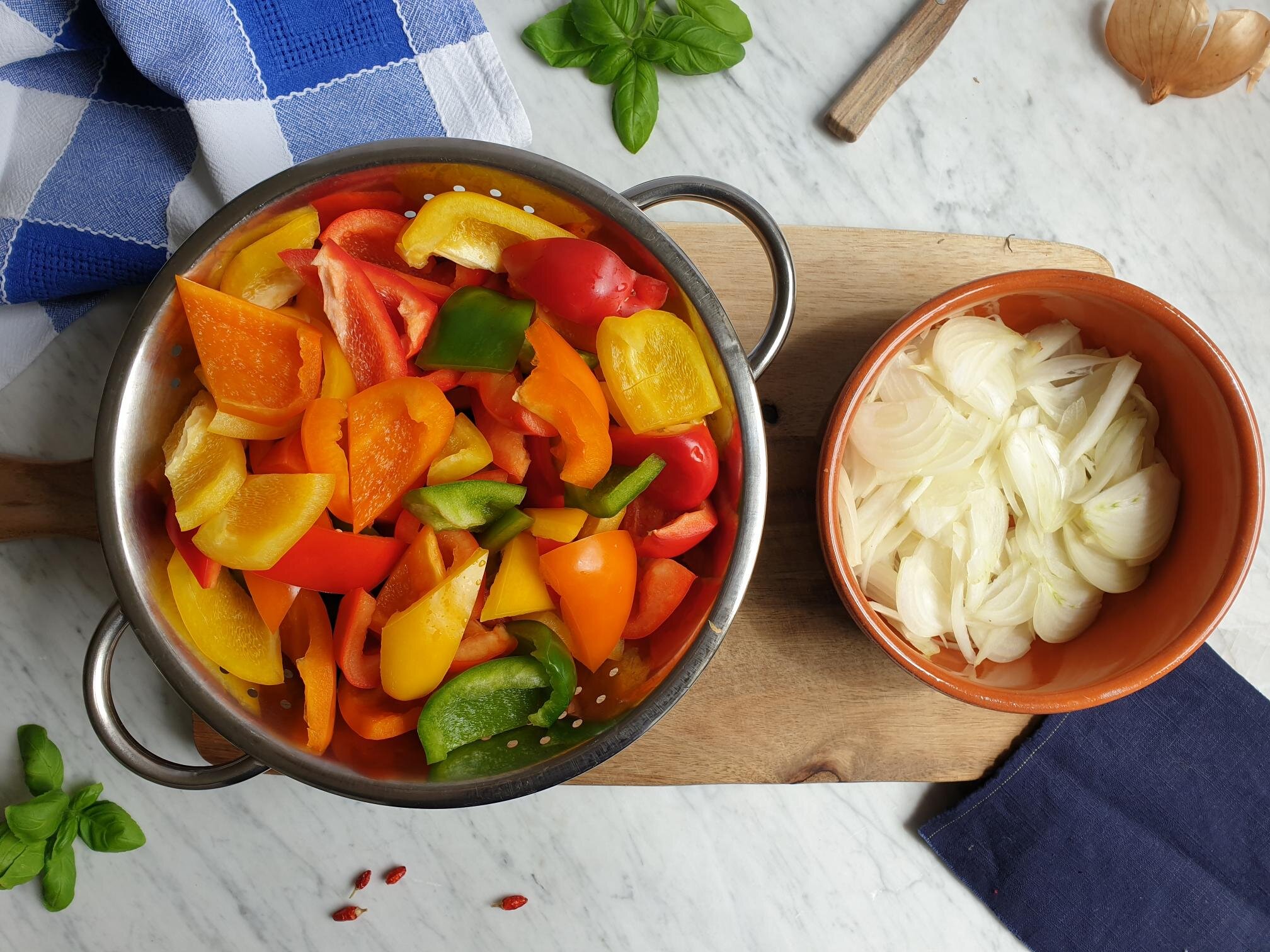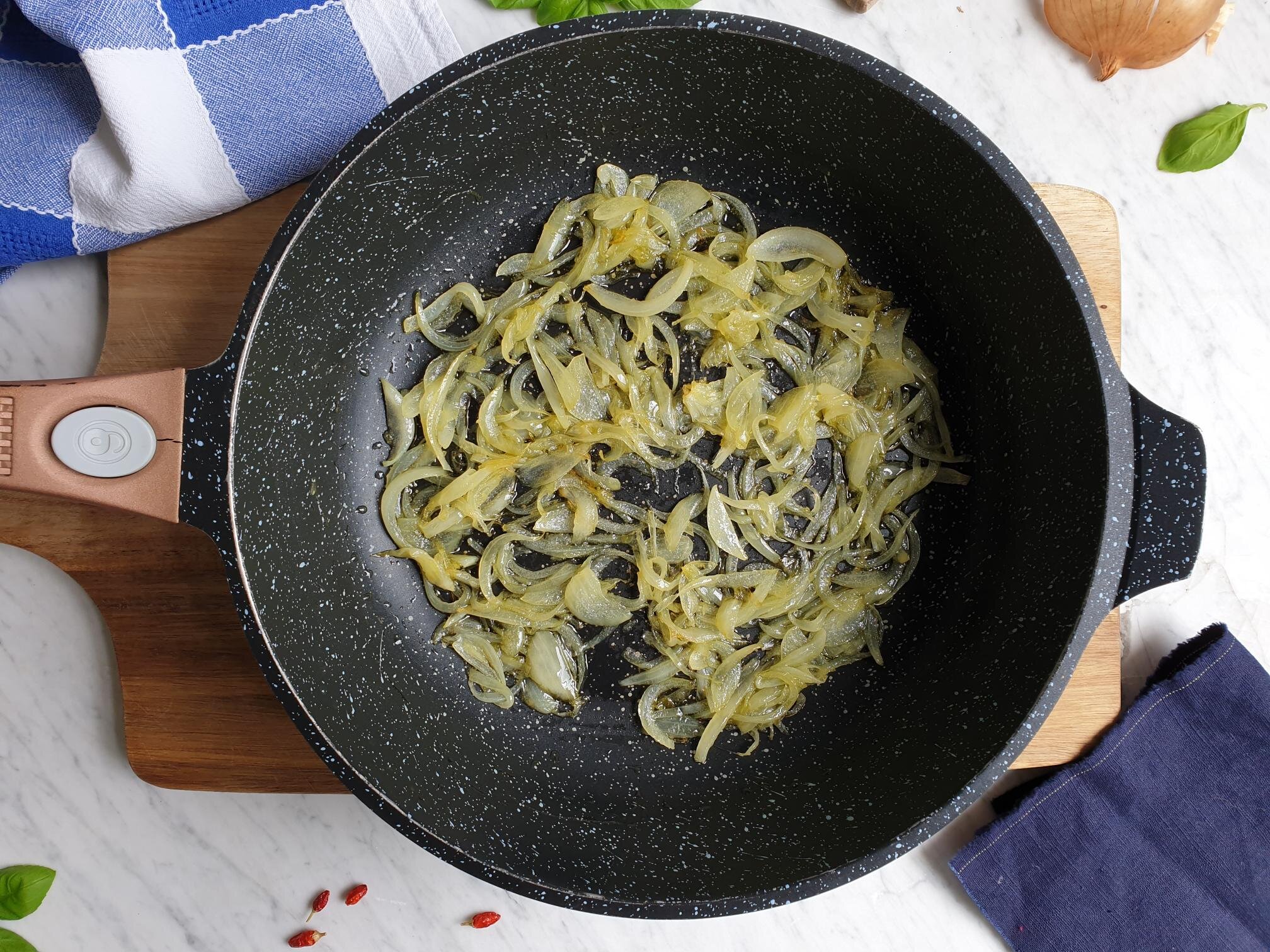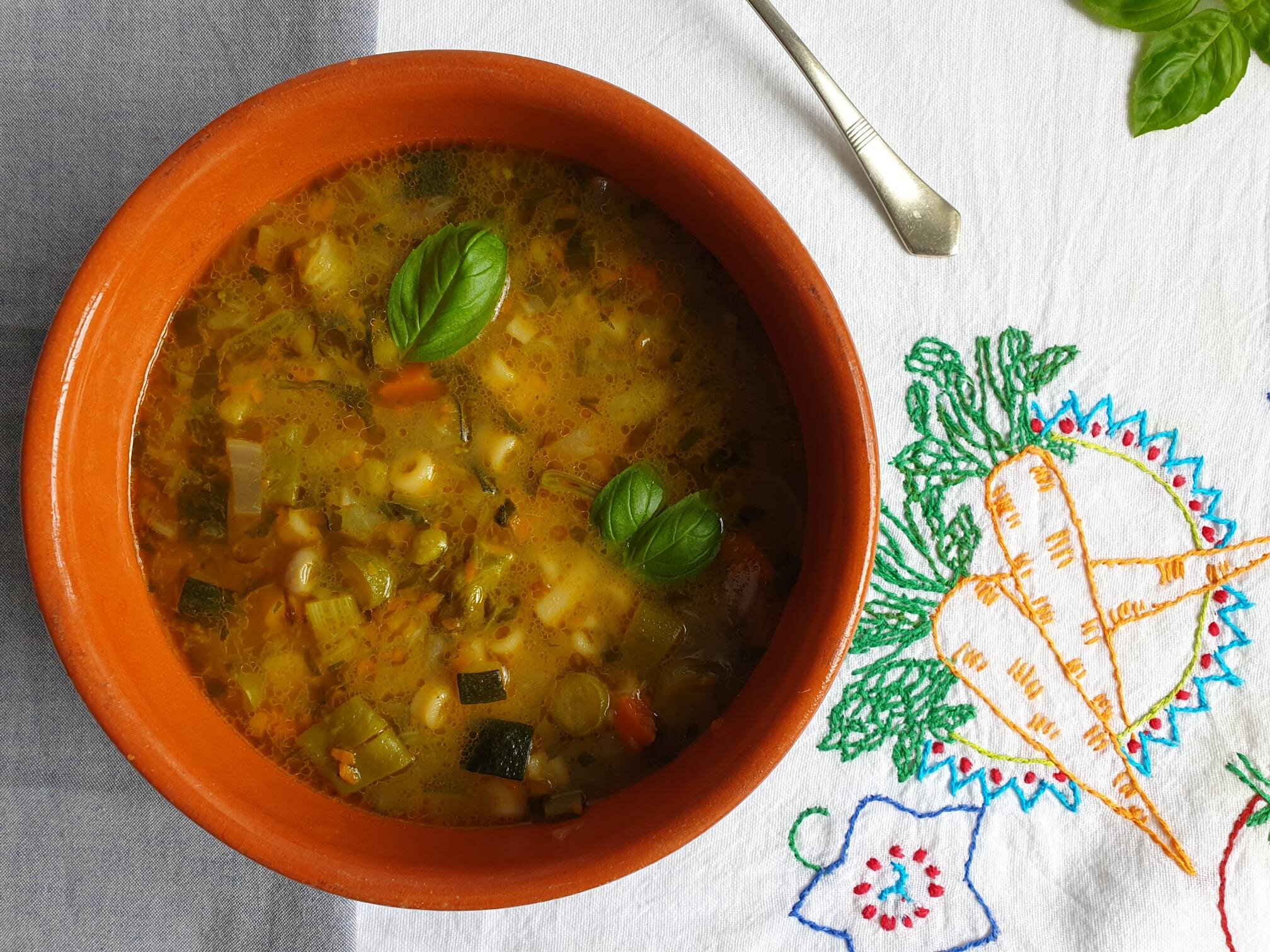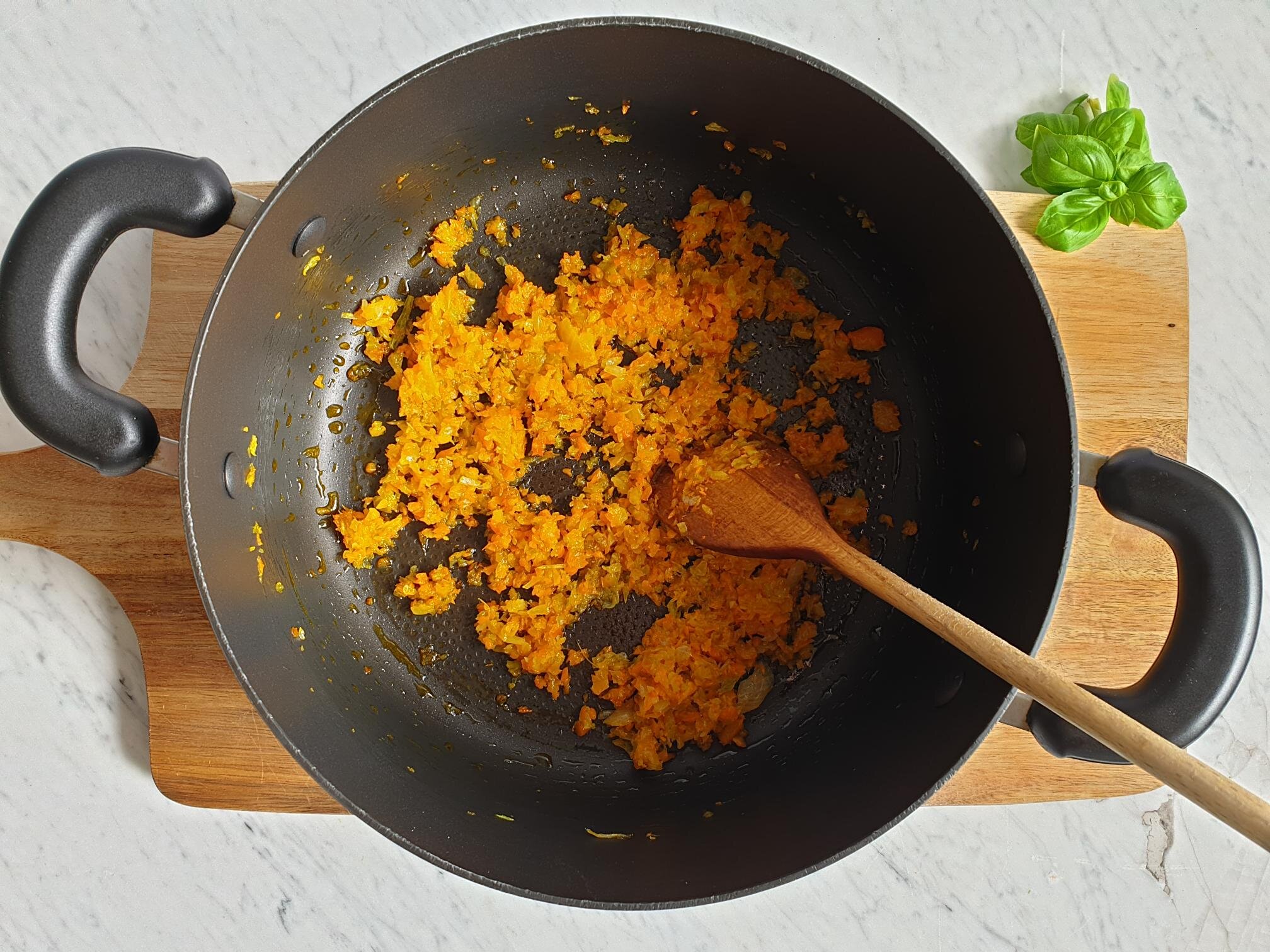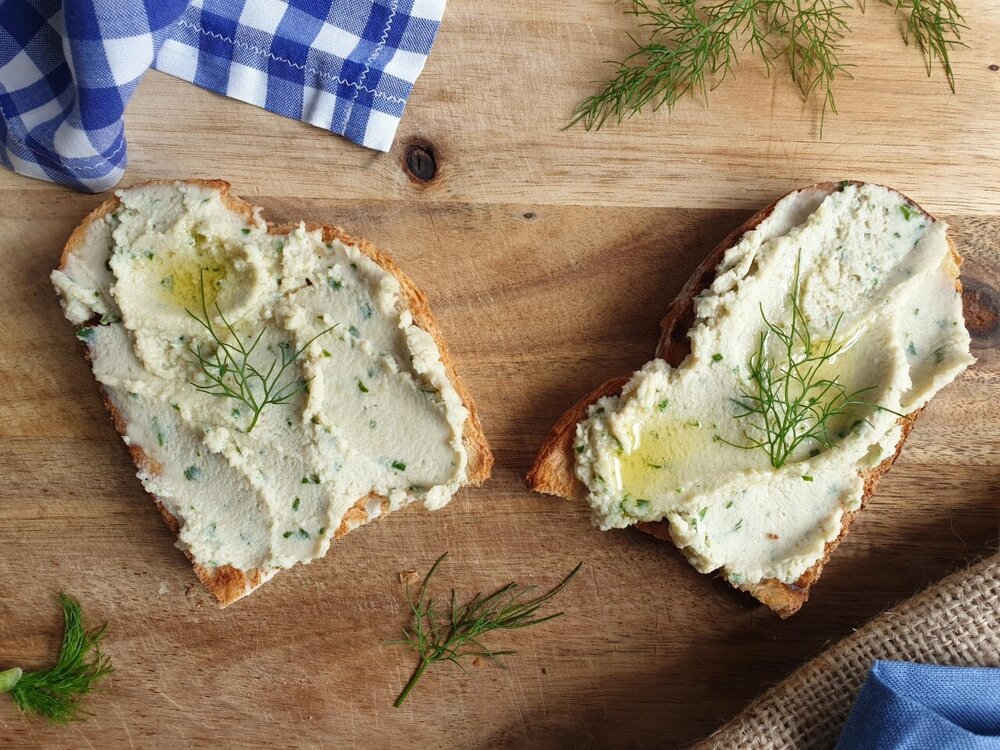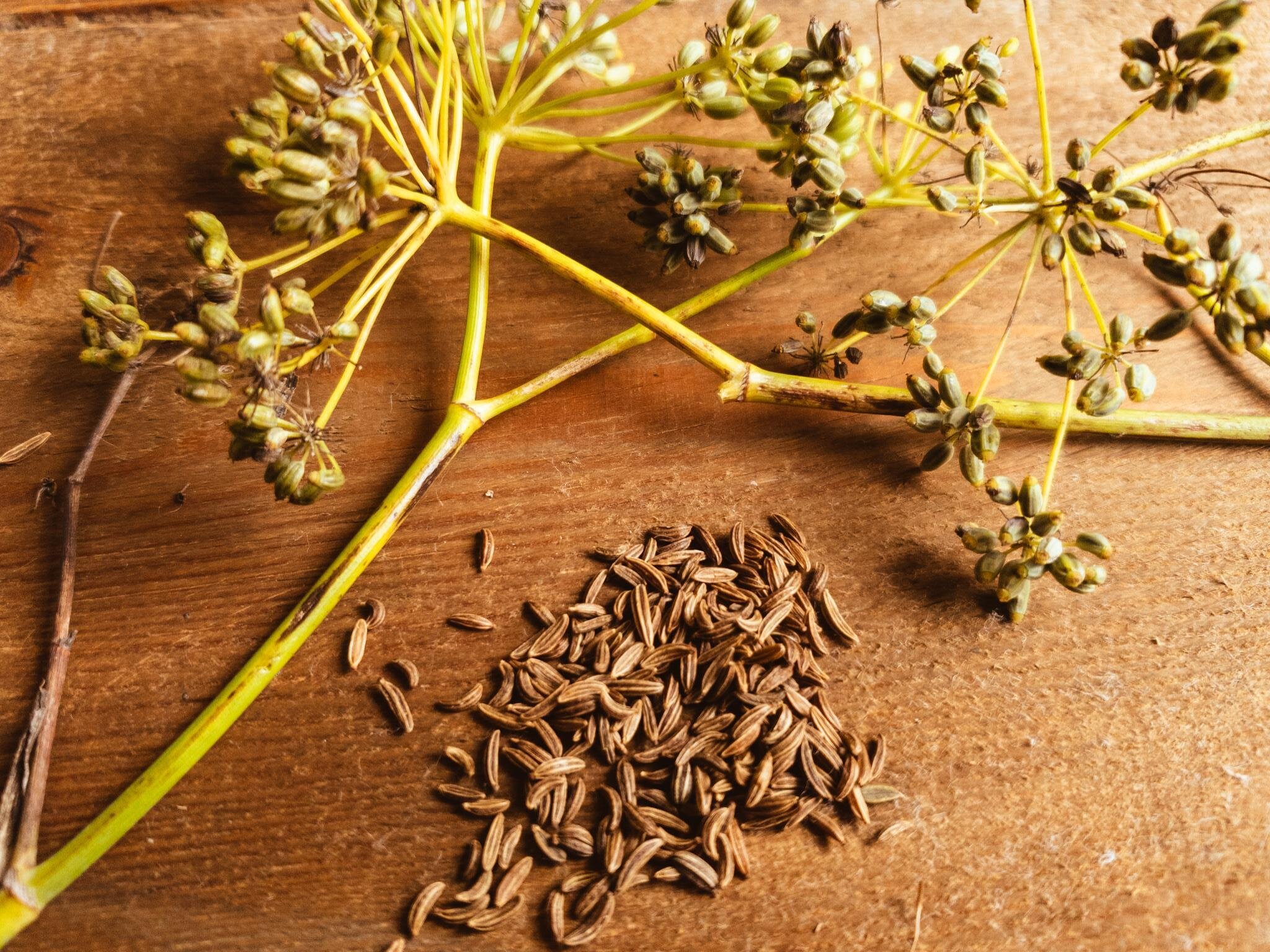Squid Risotto Adriatic style Recipe
Squid or calamari risotto is very delicate in taste, yet flavoursome, hearty and filling, very quick and easy to make, which makes it a perfect choice for a light lunch or dinner and a staple mid-week dish.
Fresh squid (not cleaned yet)
This risotto is an absolute winner, it will delight the whole family, and it is very pleasant to eat with its creamy texture and sweet and tender squid. It is simply delicious, and it is packed with Mediterranean ingredients that recall holidays by the sea.
I grew up on this type of risotto, it has been made in my family since as long as I can remember. My mother told me I was partially weaned on this risotto, she obviously made sure the squid chunks were cut in miniscule pieces to make it safe for me to eat. I loved it, apparently, and I still do.
The frequency with which this risotto, among many other types of risotti, has been made should come as no surprise. The area where I was born and grew up, the Slovenian coast, it is just under two hours drive from northern region of Veneto in Italy, where the greatest number and variety of risotto recipes can be found.
Squid risotto is very often prepared and cooked in the households, and regularly printed on the menus in the local restaurants, where you will find it as Rižota s kalamari or Rižota z lignji.
I am sharing here my mother's recipe, and do not be put off by the task of cleaning the squid, ask your fishmonger to do it for you and try this fantastic risotto dish.
Ingredients
Serves 4
500g roughly, fresh squid, cleaned and cut into smaller pieces or rings (keep the tentacles). For this recipe you can also use frozen raw already cleaned squid tubes available in most bigger supermarkets.
1 small onion (about 80g), peeled and finely chopped
1 clove garlic, peeled and crushed
4 Tbsp extra virgin olive oil
1 Tbsp tomato purée
300g risotto rice (like Vialone Nano, Arborio or Carnaroli)
fresh flat leaf parsley, about a handful (roughly 8g), some extra for garnish
1 litre hot vegetable stock or hot water
sea salt
ground black pepper
Method
Before starting making risotto, it is a good idea to have your boiling hot stock or hot water ready to hand for later.
Put extra virgin olive oil in a pan, add finely chopped onions and sauté on a gentle heat until soft.
Add crushed garlic and cook for about a minute together with the onions.
Place clean pieces of squid in a pan and cook for about three minutes or so, until opaque.
Add the rice, mix well with the onion, garlic and squid mixture, and toast it for few minutes stirring constantly to avoid sticking to the pan.
Add tomato purée, pour in the pan all the hot stock or hot water and add chopped parsley.
If you have made a risotto before and have a clear idea of how moist you like it to be, you can control the moisture of the risotto by gradually adding ladles of hot stock or water, one at a time, allowing the liquid to be absorbed before adding more, rather than pouring the whole quantity of liquid over toasted rice, like I did in this recipe.
Cook on a medium heat, stirring almost constantly, until the rice is cooked al dente (fully cooked but still firm when bitten). It will generally take about 15-18 minutes for a risotto to be cooked.
There should be enough liquid just to cover the risotto, the Italians say that risotto should be smooth and runny enough to be described as all'onda, on the wave. Quite right, eating dry risotto is not particularly enjoyable.
Taste and adjust the seasoning with sea salt and ground pepper.
Serve hot and garnish with roughly chopped fresh flat parsley.
Just a thought
You can add to the risotto a small amount of chilli to give it an extra kick, but in small amounts, as you do not want to overpower the delicate flavour of the squid and of the dish in general.


